What exactly defines a “dance song”? It’s a question that opens up a vast and diverse musical landscape. While almost any song can inspire movement, from The Beatles to Slayer, the tracks that truly resonate within “dance music culture” occupy a more specific yet incredibly expansive realm. This world, spanning nearly five decades and constantly evolving, is what we delve into to curate this list of essential dance tracks.
Our journey through dance music history begins in the mid-1970s with the shimmering sounds of disco, paying tribute to its progenitor, James Brown. From there, we trace the evolution into the early 1980s club scenes, marked by electro and Latin freestyle. The narrative takes a transformative turn as disco reinvents itself into house music in Chicago and techno in Detroit. This rebirth ignites the explosive 90s rave culture, spawning genres from jungle and trance to gabba and garage, eventually paving the way for the EDM and dubstep phenomena of the 2000s. While each of these sounds has enjoyed moments of mainstream prominence, they never truly disappear. Drum ‘n’ bass, for example, is experiencing a resurgence even now, and contemporary house tracks continue to emerge, building upon decades of innovation.
This list isn’t an exhaustive catalog of every micro-trend within this ocean of subgenres. Instead, we’ve focused on tracks that possess a timeless quality, songs that feel universally significant and canonical. We’ve paid particular attention to the intersections where dance music has influenced and been influenced by broader musical styles – synth-pop, hip-hop, funk, Miami bass, R&B, indie-rock, Latin music, and pop. This is why you’ll find artists as diverse as Prince, Robyn, Britney Spears, and Shakira alongside pioneers like Adonis, Frankie Knuckles, Moodymann, Goldie, and SOPHIE.
If you’re curious about the path that led to a moment where artists like Drake and Beyoncé are releasing house-infused records, this list offers a version of that story – a guide to the songs that shaped the landscape of dance music as we know it today.
Donna Summer, ‘Last Dance’ (1979)
 Donna Summer performing Last Dance, a top disco dance song
Donna Summer performing Last Dance, a top disco dance song
Image Credit: Redferns
While the film Thank God It’s Friday might be seen as a commercial venture for Casablanca Records, Donna Summer’s “Last Dance” transcends its cinematic origins. This track, awarded an Oscar for Best Original Song, is a masterclass in disco dynamics. Beginning with a tempo so slow it makes ballads seem fast-paced, it gradually unfolds into a powerful and exhilarating disco anthem. The genius behind this transformation is Casablanca’s producer Bob Esty, who conceived the song’s iconic tempo shift, solidifying its place among the Top Dance Songs of the disco era.
Fatboy Slim, ‘The Rockafeller Skank’ (1998)
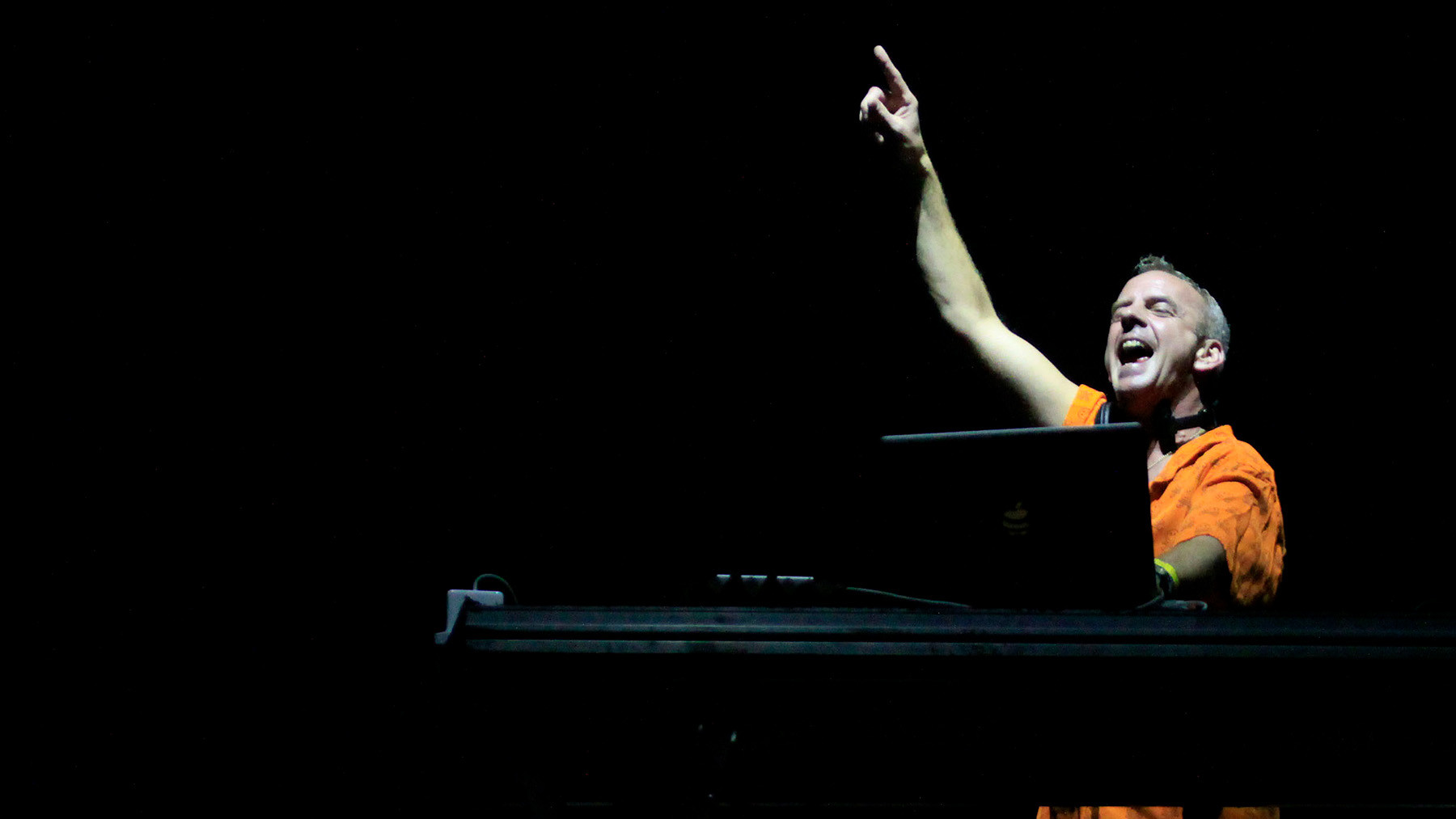 Fatboy Slim performing The Rockafeller Skank, a popular 90s dance song
Fatboy Slim performing The Rockafeller Skank, a popular 90s dance song
Image Credit: AP
Norman Cook, known as Fatboy Slim, described his hit “The Rockafeller Skank” as “funny.” He recounted the first time playing it at a Brighton club, where the audience immediately recognized his signature style. Cook’s formula of breakbeats and guitar riffs reached peak effectiveness with “Skank.” Featuring a surf-rock riff and a vocal sample from Lord Finesse (“Right about now, the funk soul brother/Check it out now, the funk soul brother”), it quickly became ubiquitous. Despite the playful “Frat-Boy Slim” label, “Rockafeller Skank” became an anthem, a testament to its infectious energy and enduring appeal as a top dance song of the late 90s.
Mescalinum United, ‘We Have Arrived’ (1991)
Techno’s equivalent to heavy metal, “gabber,” meaning “buddy” in Dutch, finds its strongest fanbase in the Netherlands. However, its primary innovator is Marc Acardipane, who uses approximately 90 aliases. His initial impact, “We Have Arrived” under the name Mescalinum United, remains potent. Built upon forceful drums and piercing air-raid siren sounds, this track became the foundation of gabber music. At Brooklyn raves, where DJ Lenny Dee played it – his label released it in America – crowds would mosh to its intense rhythm, marking it as a defining track within the harder styles of top dance songs.
Oliver Heldens, ‘Melody’ (2016)
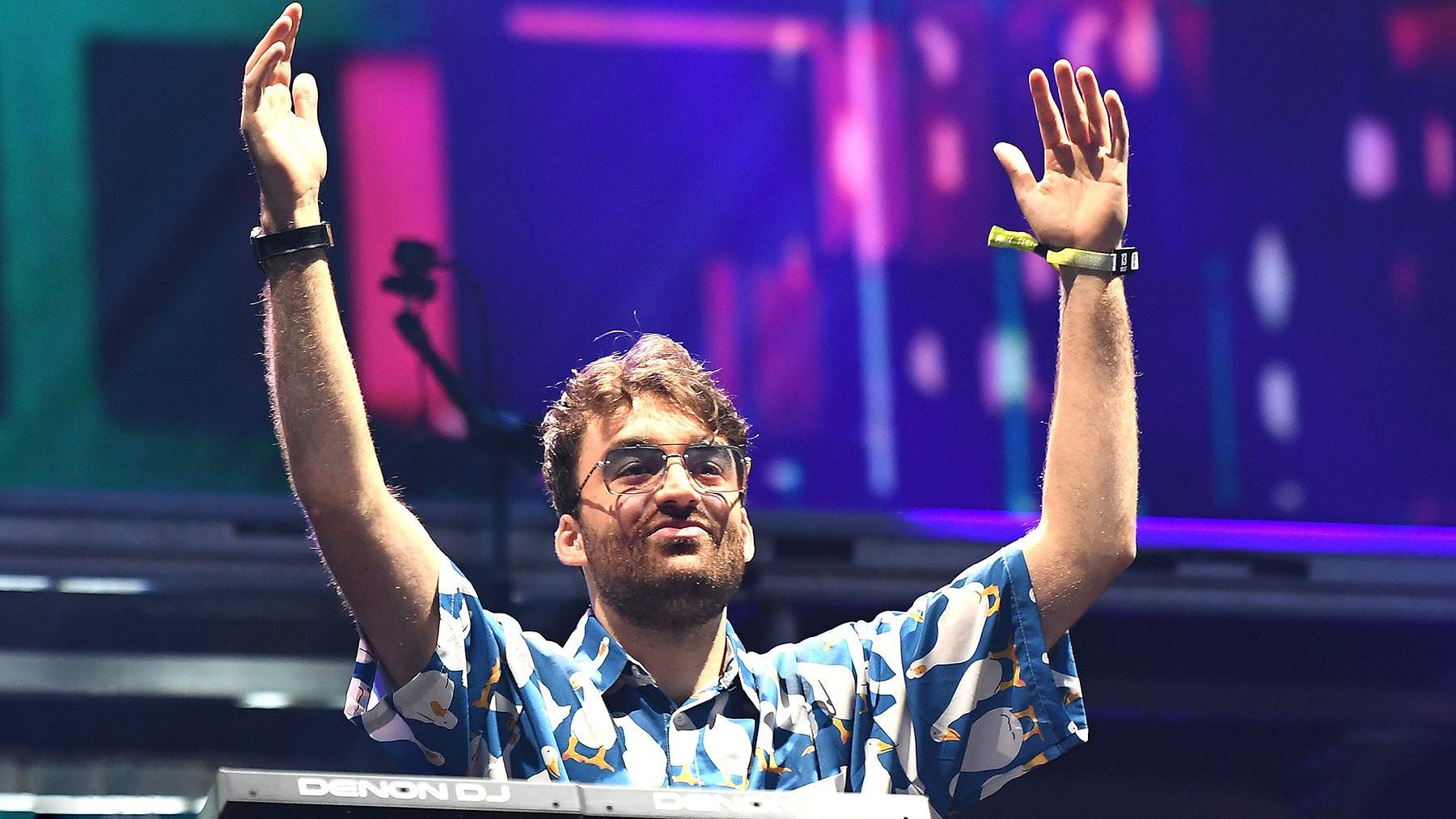 Oliver Heldens performing Melody, a modern classic dance song
Oliver Heldens performing Melody, a modern classic dance song
By the mid-2010s, even DJs headlining festivals were tiring of the predictable build-and-drop formula that dominated dance music. Oliver Heldens’ “Melody” signaled a shift. Released when the Dutch producer was just 18, “Melody” displayed a newfound elegance, with dramatic string swells and an uplifting piano melody reminiscent of classic dance music. Yet, it retained a powerful bassline, proving that sophistication and energy could coexist. “Melody” became a defining track in the evolution of top dance songs in the modern era, showcasing a more refined approach to electronic music.
Kerri Chandler, ‘Rain’ (1998)
New Jersey house producer Kerri Chandler’s deeply soulful tracks have made him a touchstone for DJs and producers. “I never considered myself a singer,” Chandler stated in 2014. “I feel I’m more of a vocalist. I write my life’s story and let it out through the music.” Perhaps “monologist” is a more fitting term. In “Rain,” Chandler’s heartfelt plea, punctuated by the repeated title lyric, reveals vulnerability (“Never knew you could be this way — rain”). However, the music, particularly the playful xylophone solo, is more teasing than melancholic. “Rain” stands out as a soulful and introspective entry in the pantheon of top dance songs, showcasing Chandler’s unique vocal style and production.
Detroit Grand Pubahs, ‘Sandwiches’ (2000)
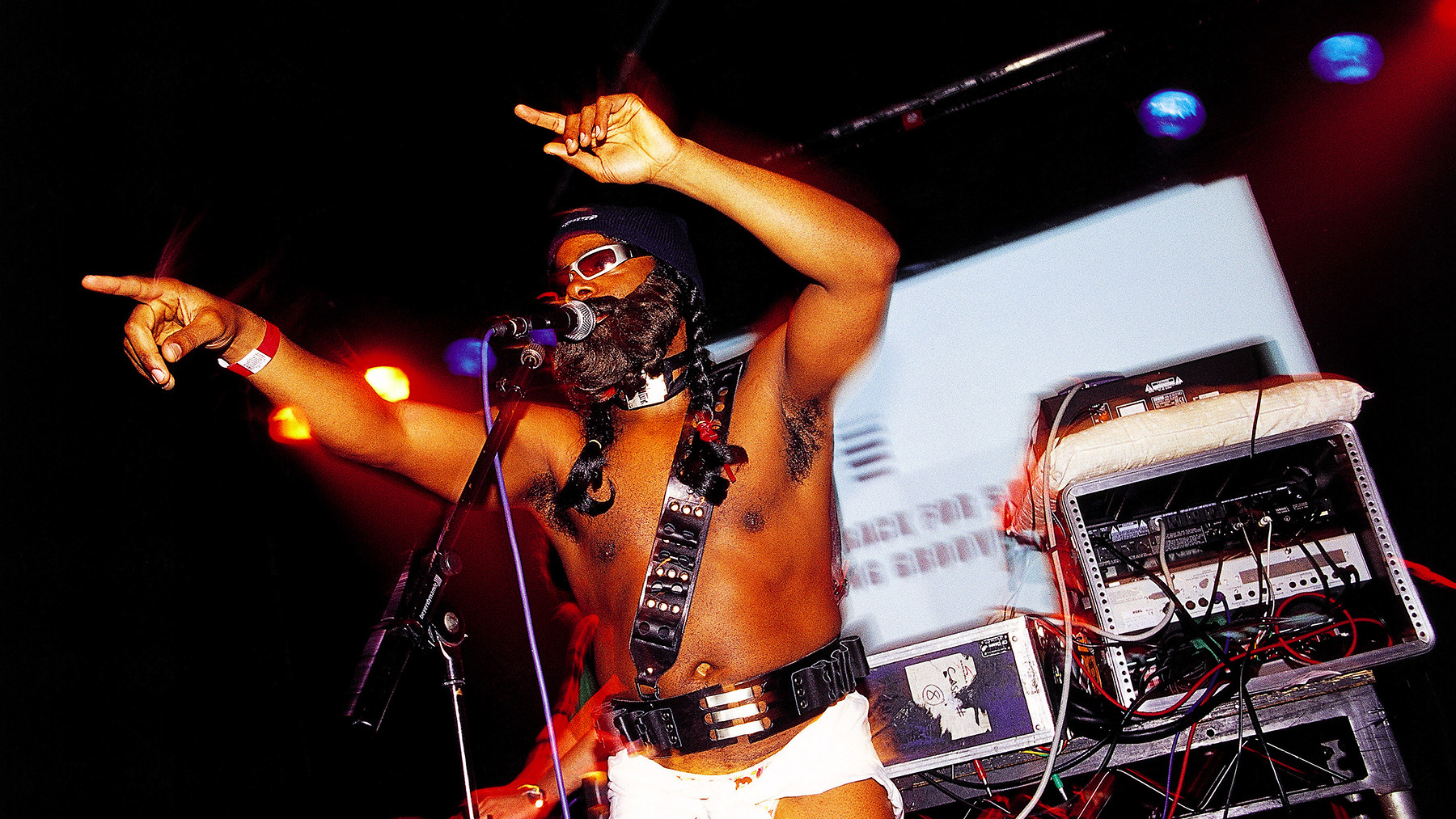 Detroit Grand Pubahs performing Sandwiches, an underground electro dance song
Detroit Grand Pubahs performing Sandwiches, an underground electro dance song
Image Credit: Jim Dyson/Getty Images
Andy Toth and Mack Goudy, known as Dr. Toefinger and Paris the Black Fu of Detroit Grand Pubahs, met while working in a Michigan restaurant. “We both liked whiskey and working on music,” Toth recalled. One night, Toth created a vibrant electro track, and Paris spontaneously grabbed the microphone. “I said ‘What you got?’ He said, ‘Don’t worry about it. Just turn the mic on.'” Within minutes, Paris improvised suggestive lyrics about a dance-floor encounter, resulting in “Sandwiches.” This track became a defining moment in Detroit’s turn-of-the-century electro revival, a global club hit celebrated for its raw energy and humorous approach to top dance songs.
Black Box, ‘Everybody Everybody’ (1990)
Sometimes, great music emerges from questionable circumstances. “Everybody Everybody” is one such example. Martha Wash of the Weather Girls was hired in 1989 to record demos for Italian house producers Groove Groove Melody, with the understanding that the songs were for other singers. Instead, her uncredited vocals were released under the name Black Box. Adding insult to injury, a model was hired to lip-sync Wash’s vocals in music videos. Wash sued and won, a victory she repeated against C+C Music Factory for similar exploitation. Daniele Davoli of Black Box later expressed regret, stating, “We didn’t know any better at the time. I guess we had to learn from our mistakes.” Despite the controversy, “Everybody Everybody” became a massive hit and remains a quintessential example of early 90s top dance songs.
Big Freedia, ‘Azz Everywhere’ (2010)
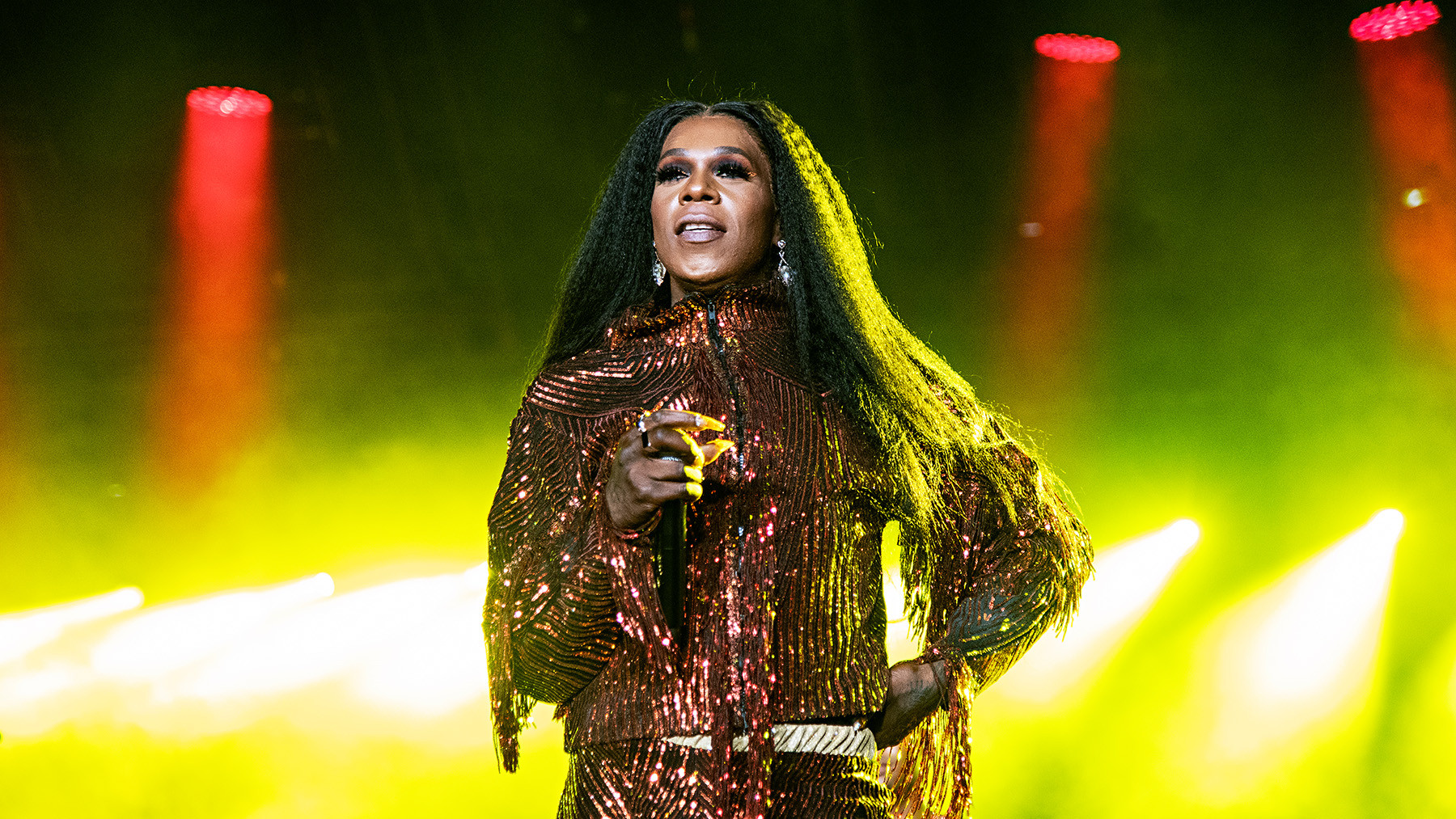 Big Freedia performing Azz Everywhere, a bounce dance anthem
Big Freedia performing Azz Everywhere, a bounce dance anthem
Image Credit: Amy Harris/Invision/AP
“I’ve run across half the globe now, spreading the goodness of bounce and trying to get people everywhere onto what’s been around for two decades,” Big Freedia said in 2011, championing New Orleans’ high-energy club sound – the very music for which twerking was invented. “Azz Everywhere” was the track that catapulted bounce into the mainstream. A whirlwind of snares, samples, and the shouted title phrase, it’s pure energy. Big Freedia also educates on the genre’s history, explaining, “We describe it as an uptempo, heavy bass, holler-response music. And it definitely has a lot to do with azz shaking!” “Azz Everywhere” stands as a pivotal track in the bounce movement and a high-octane addition to any list of top dance songs.
Joy Orbison, ‘Hyph Mngo’ (2009)
In the late 2000s, dubstep producers pushed creative boundaries, resulting in a wave of innovative tracks. Joy Orbison’s debut, “Hyph Mngo,” became the defining dubstep track of 2009, capturing the scene at its peak. Its bassline and synth sounds are smooth and gliding, yet the ricocheting snare and fragmented vocal samples – a woman’s voice calling “Ooh!” and “I do” – create an unexpectedly emotional depth rare for dubstep. This emotive quality helped propel “Hyph Mngo” into the mainstream, marking it as a significant and influential track among top dance songs of the late 2000s.
ESG, ‘Moody’ (1981)
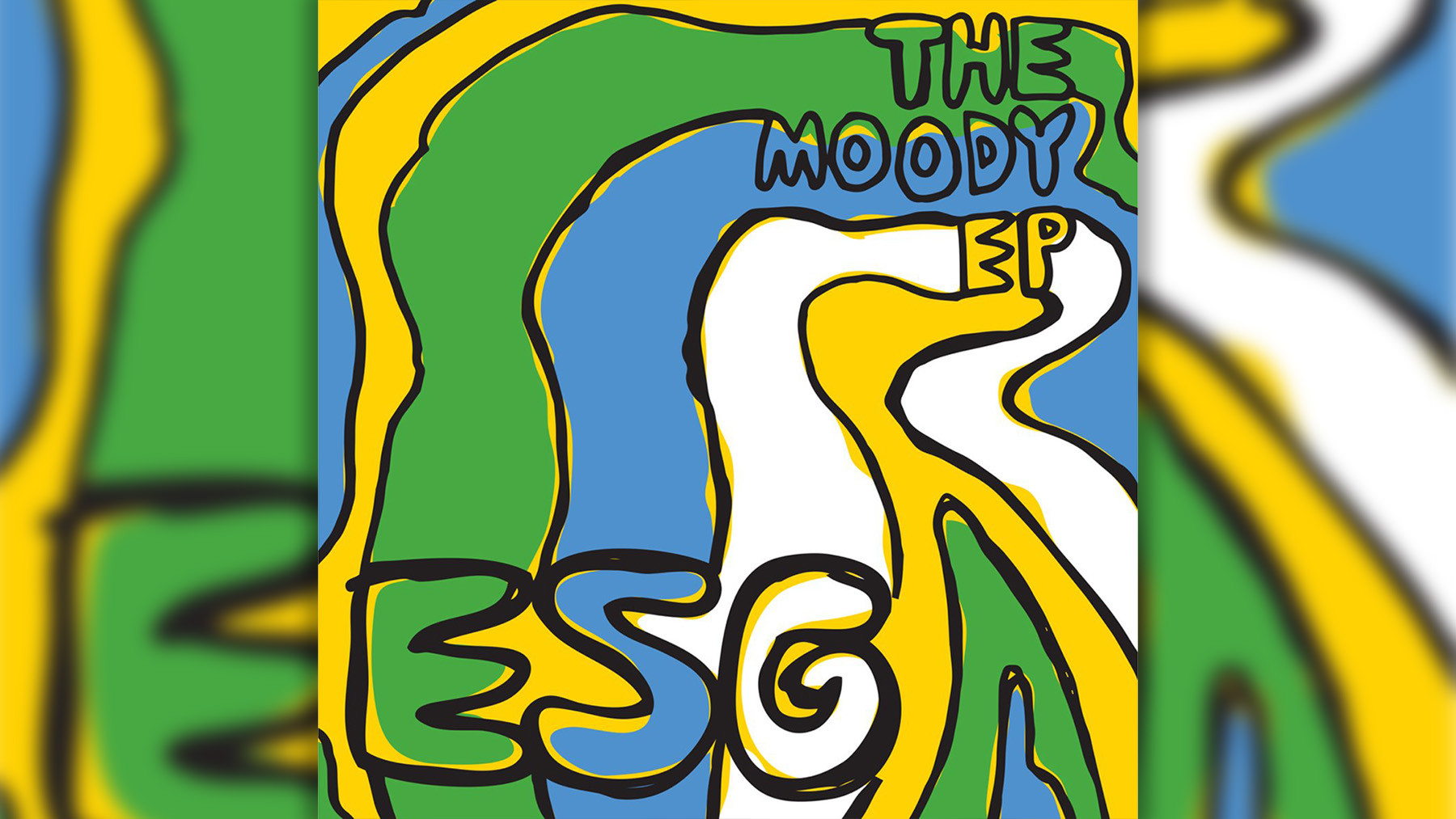 ESG performing Moody, a post-punk influenced dance song
ESG performing Moody, a post-punk influenced dance song
The Scroggins sisters from the South Bronx left an enduring mark on New York dance music with ESG in the late 1970s. While their grooves drew from funk and disco, their minimalist sound and focus on percussion resonated with post-punk and no-wave scenes. Their debut EP, produced by Joy Division’s Martin Hannett, solidified their unique style. “Moody,” the EP’s centerpiece, remains futuristic. A subtle bassline, bongo rhythms, and Renee Scroggins’ distant vocals create an atmosphere that is both hypnotic and unsettling, cementing its place as a pioneering track among top dance songs that bridged genres.
La Roux, ‘In for the Kill (Skream’s Let’s Get Ravey Remix)’ (2009)
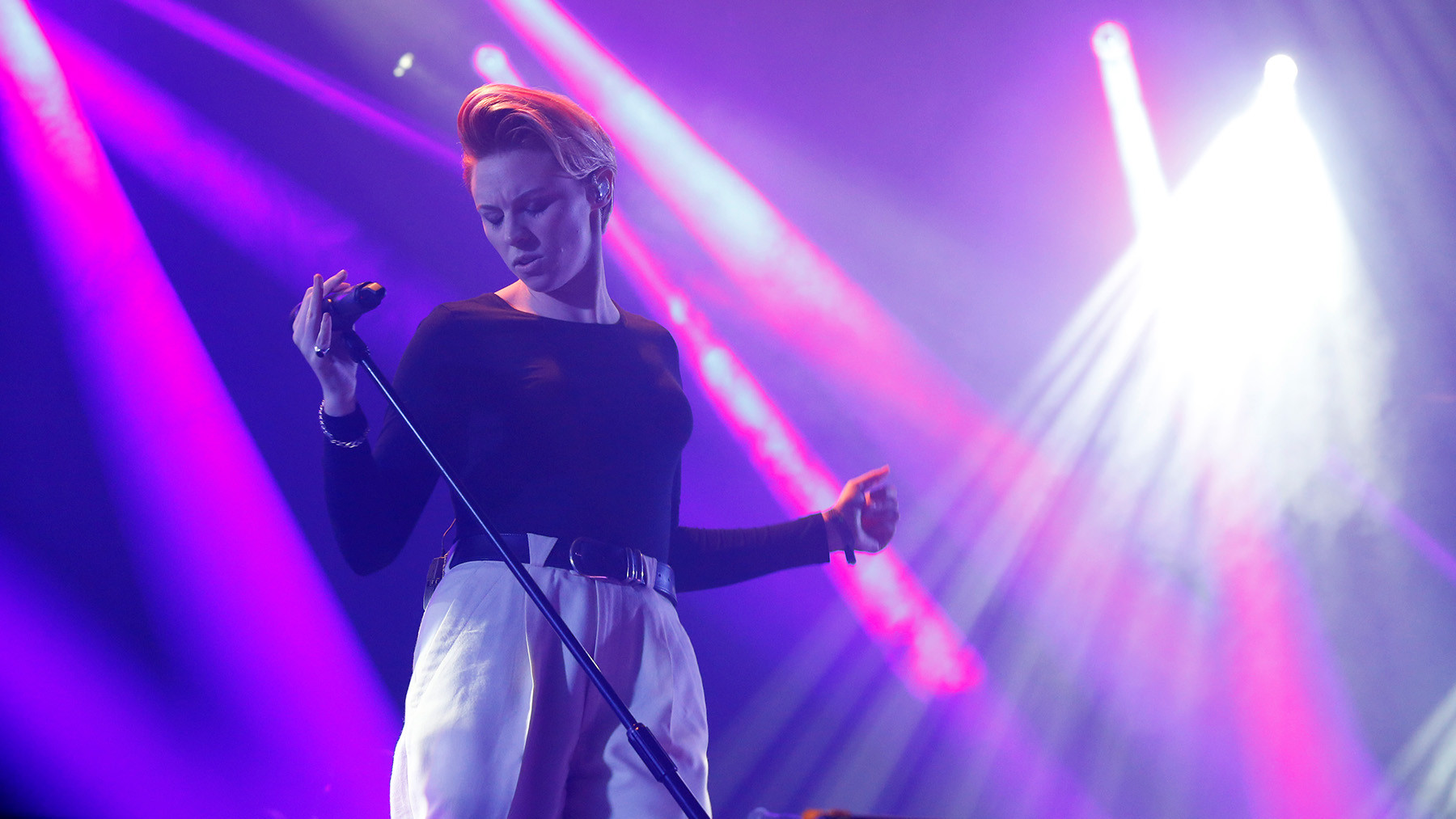 La Roux performing In for the Kill, remixed into a drum and bass dance track
La Roux performing In for the Kill, remixed into a drum and bass dance track
Image Credit: Jim Ross/Invision/AP
Artists sometimes have mixed feelings about remixes, but La Roux’s Elly Jackson praised Skream’s remix of “In for the Kill.” She credited Skream with capturing the song’s essence even more effectively than the original synth-pop single. Skream’s “Let’s Get Ravey Remix” strips away the original’s bouncy beat, removes Kanye West’s rap verse, and builds intense tension with flattened synths before unleashing a drum-and-bass breakdown. Jackson stated Skream achieved what they “would have done if we’d been brave enough,” recognizing the remix as a bold and transformative take that elevated the song to new heights within the realm of top dance songs.
Double 99, ‘RIP Groove’ (1997)
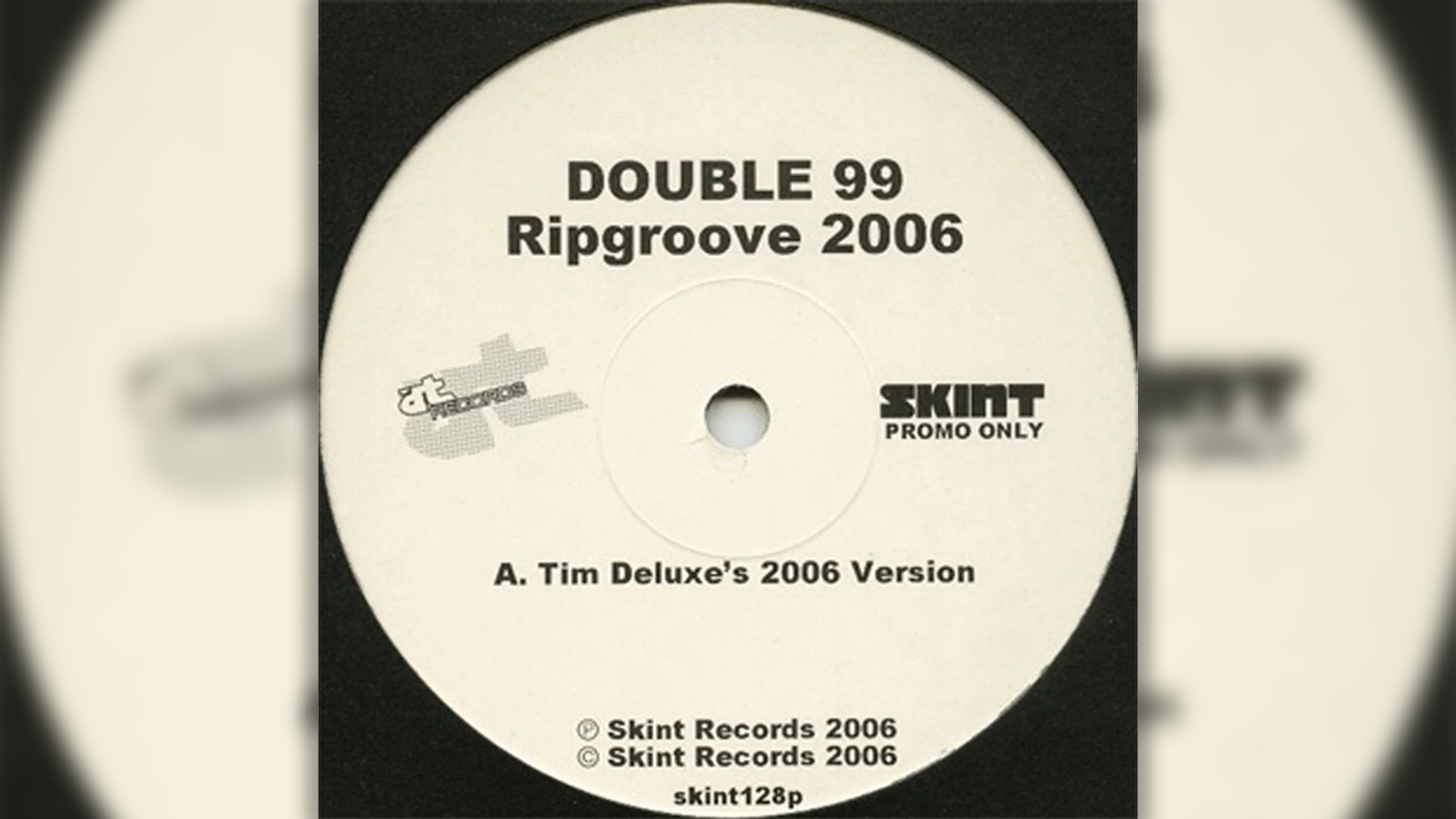 Double 99 performing RIP Groove, a UK garage dance classic
Double 99 performing RIP Groove, a UK garage dance classic
London producers Tim Deluxe and DJ Omar, previously known as RIP, became Double 99 to mark a “double-pack vinyl EP,” according to Omar. Due to time constraints, they created track names and artwork before the music. “RIP Groove,” named in tribute to their earlier moniker, cleverly sampled Armand Van Helden’s remix of CJ Bolland’s “Sugar Is Sweeter,” along with Kenny Dope and Tina Moore samples. Produced in just three hours, it became a defining track of 1997, popularizing UK garage (then called “speed garage”) and propelling it into the pop charts. “RIP Groove” stands as a landmark track in the evolution of UK garage and a significant entry in the list of top dance songs from the 90s.
Snap!, ‘The Power’ (1990)
“The Power” embodies a classic dance-music archetype. Two German producers sampled American rapper Chill Rob G and R&B vocalist Jocelyn Brown to create a club hit. Major label Arista picked it up and re-recorded it with Turbo B, an American G.I. in Germany. Chill Rob G then re-recorded his own version as Power Jam feat. Chill Rob G. Both versions were club hits, but Snap!’s “The Power” became a Europop blueprint. Michael Muenzing of Snap! noted in 1994 that it spawned numerous groups using the rap-chorus-rap structure. “The Power” is not only an iconic early 90s top dance song but also a template for the Europop sound that followed.
DJ Frosty feat. Fatman Scoop, DJ Webstar, Young B. & Smooth, ‘Ride That Wave (Remix)’ (2010)
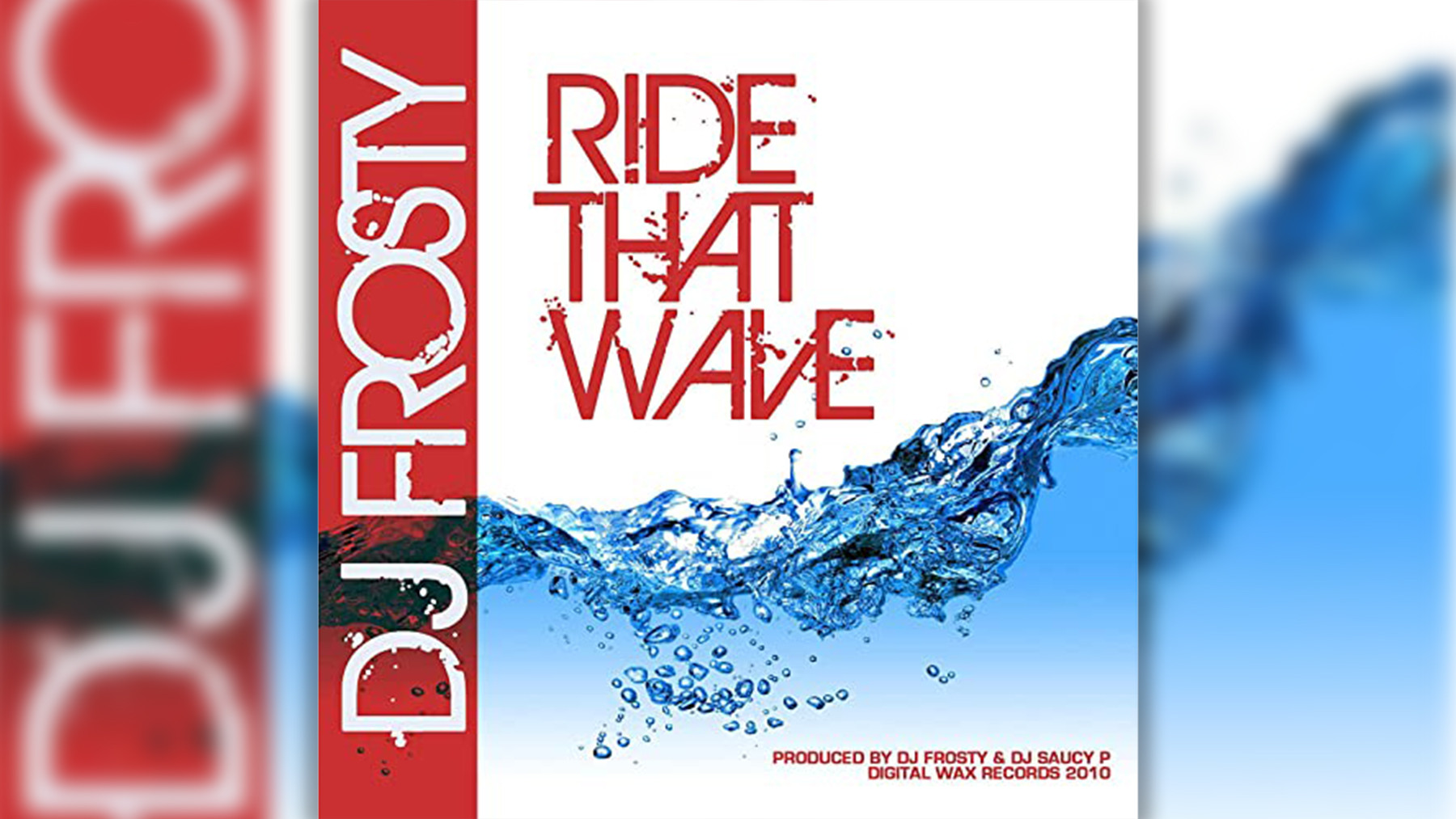 DJ Frosty performing Ride That Wave, a Jersey club dance track
DJ Frosty performing Ride That Wave, a Jersey club dance track
Jersey club, originating in Newark, New Jersey (formerly Brick City club), is characterized by syncopated rhythms, clipped vocal samples, and a raw yet non-violent energy, akin to hip-house in a blender. DJ Frosty’s “Ride That Wave” exemplifies this style. A catchy, chant-along track, it emerged as Jersey club began gaining international attention, eventually influencing EDM and even reaching Drake’s Honestly, Nevermind. The remix features Fatman Scoop, known for his 90s hip-hop cut-ups, further bridging hip-hop and dance music. “Ride That Wave (Remix)” is a prime example of Jersey club’s infectious energy and its growing influence within top dance songs globally.
Todd Terje, “Inspector Norse” (2012)
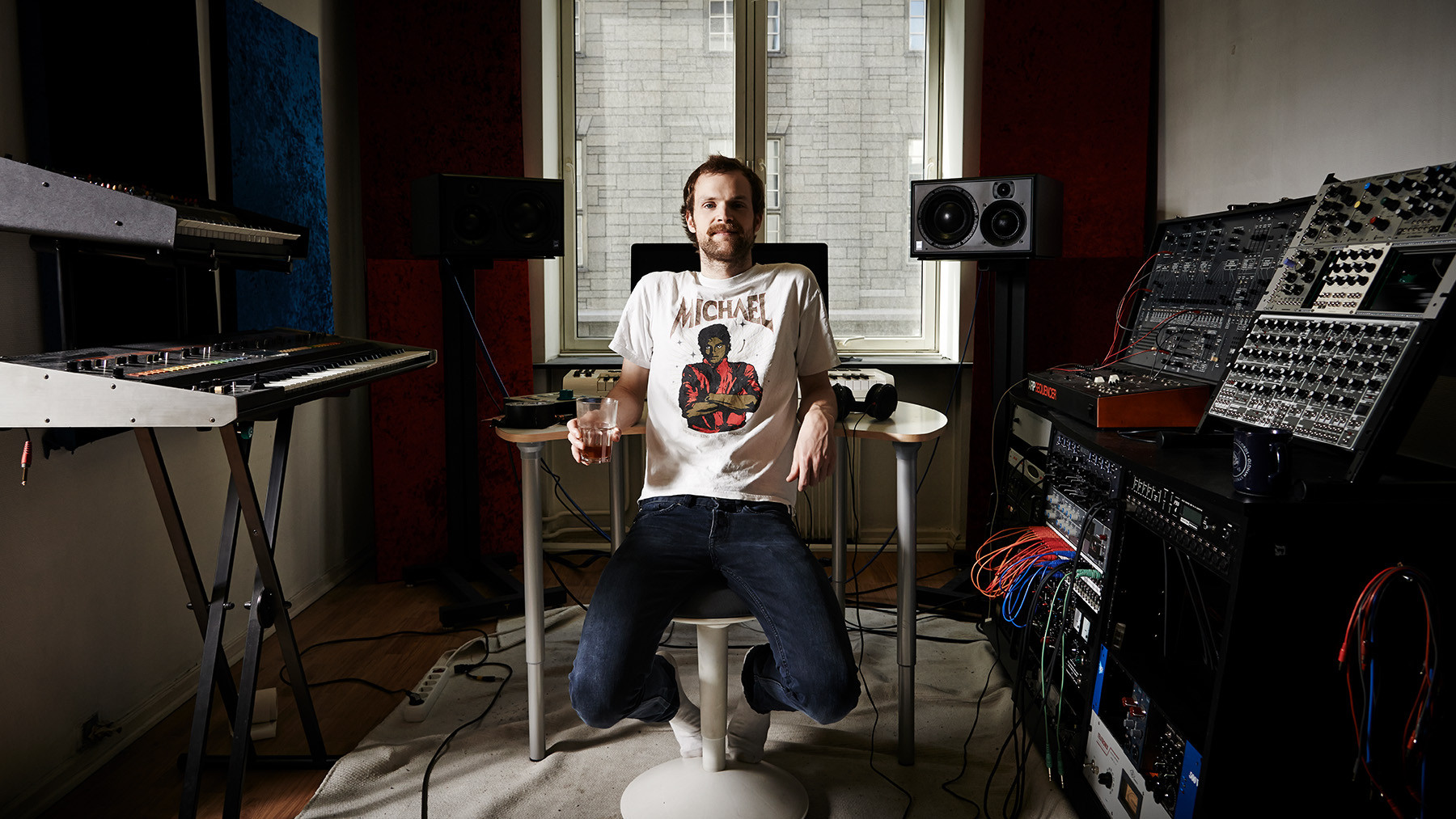 Todd Terje performing Inspector Norse, a nu-disco dance hit
Todd Terje performing Inspector Norse, a nu-disco dance hit
Image Credit: Future via Getty Images
Norwegian nu-disco producer Todd Terje created “Inspector Norse” using only sounds from a vintage ARP synthesizer for his It’s the Arps EP. He didn’t expect the laid-back track to become a hit. “I thought it was going to go well with the DJs…but I never thought I’d hear people singing along to the melodies,” Terje admitted. The track’s memorable melody proved irresistible, boosting his DJ career. “Inspector Norse” is a testament to the power of melody in dance music and a surprising success story within top dance songs of the nu-disco revival.
The Rapture, ‘House of Jealous Lovers’ (2002)
 The Rapture performing House of Jealous Lovers, a dance-punk anthem
The Rapture performing House of Jealous Lovers, a dance-punk anthem
Image Credit: Redferns
“Most people now have no memory of how absolutely sacrilegious it was at the time,” DFA founder James Murphy said about The Rapture’s “House of Jealous Lovers.” “We wanted to make a rock track that could compete with dance music. We obsessed over it.” The Rapture’s debut single combined Gang of Four-esque guitar riffs with a manic vocal over a powerful beat, engineered for dance floor impact. It succeeded, becoming the pinnacle of the early 2000s “dance-punk” movement. Suddenly, New York bands sounded like 1979 Manchester or Leeds, and indie bars had DJ booths. “House of Jealous Lovers” was a genre-bending track that revitalized dance music and cemented its place among top dance songs of the early 2000s.
TNGHT, ‘Higher Ground’ (2012)
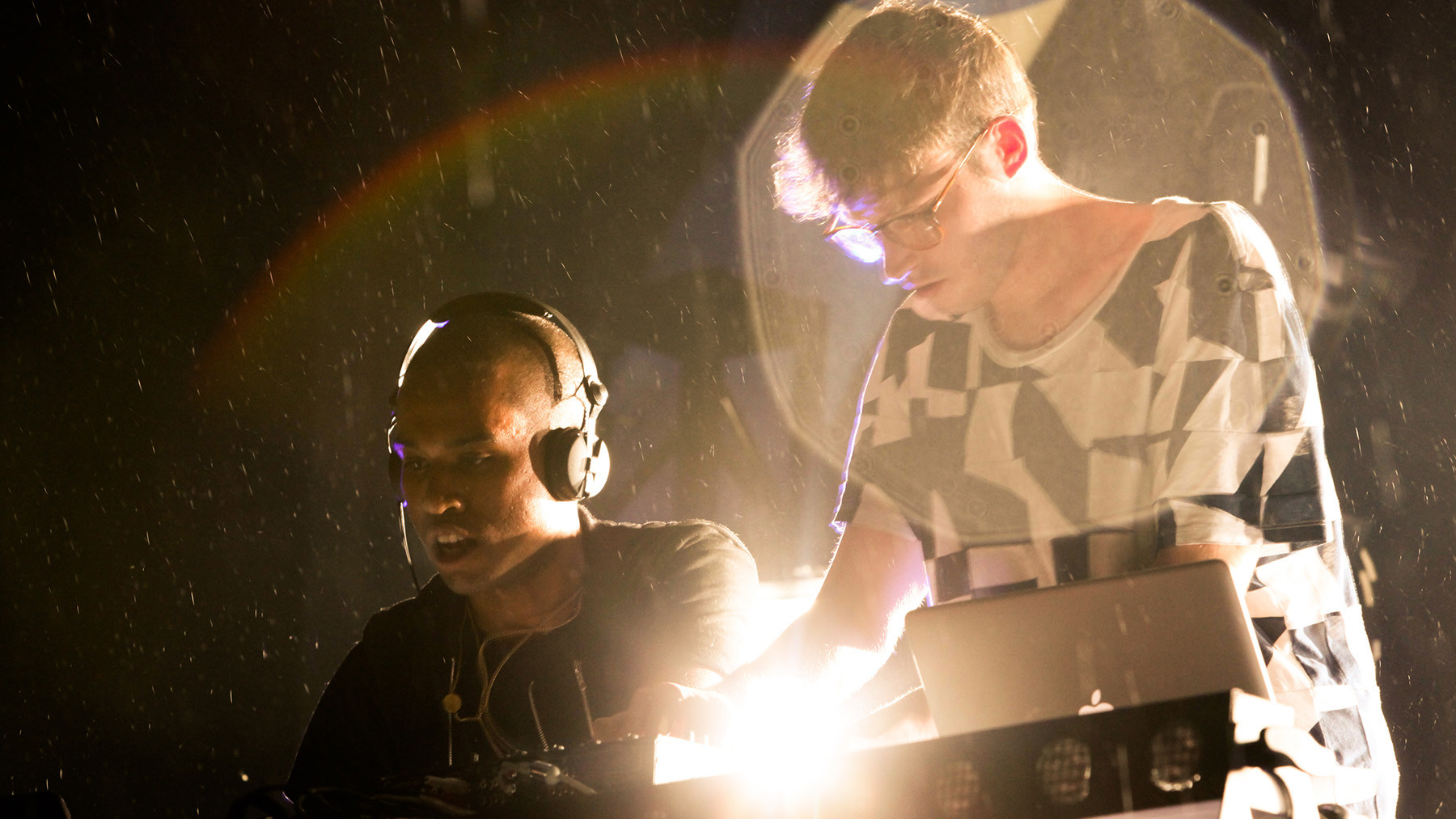 TNGHT performing Higher Ground, a trap-influenced dance track
TNGHT performing Higher Ground, a trap-influenced dance track
Image Credit: Getty Images
Hudson Mohawke described TNGHT’s 2012 EP with Lunice as “our take on big American rap beats, with a little bit of cheekiness to it.” The five-song EP, particularly “Higher Ground,” propelled them to EDM prominence with its trap-influenced, dance-focused sound. “Higher Ground,” with its powerful, detailed, and almost regal feel, became highly influential. Within a year, Kanye West enlisted TNGHT to produce “Blood on the Leaves” for Yeezus. “Higher Ground” is a groundbreaking track that bridged trap and EDM, earning its spot among top dance songs and influencing mainstream music.
Roni Size and Reprazent, ‘Brown Paper Bag’ (1997)
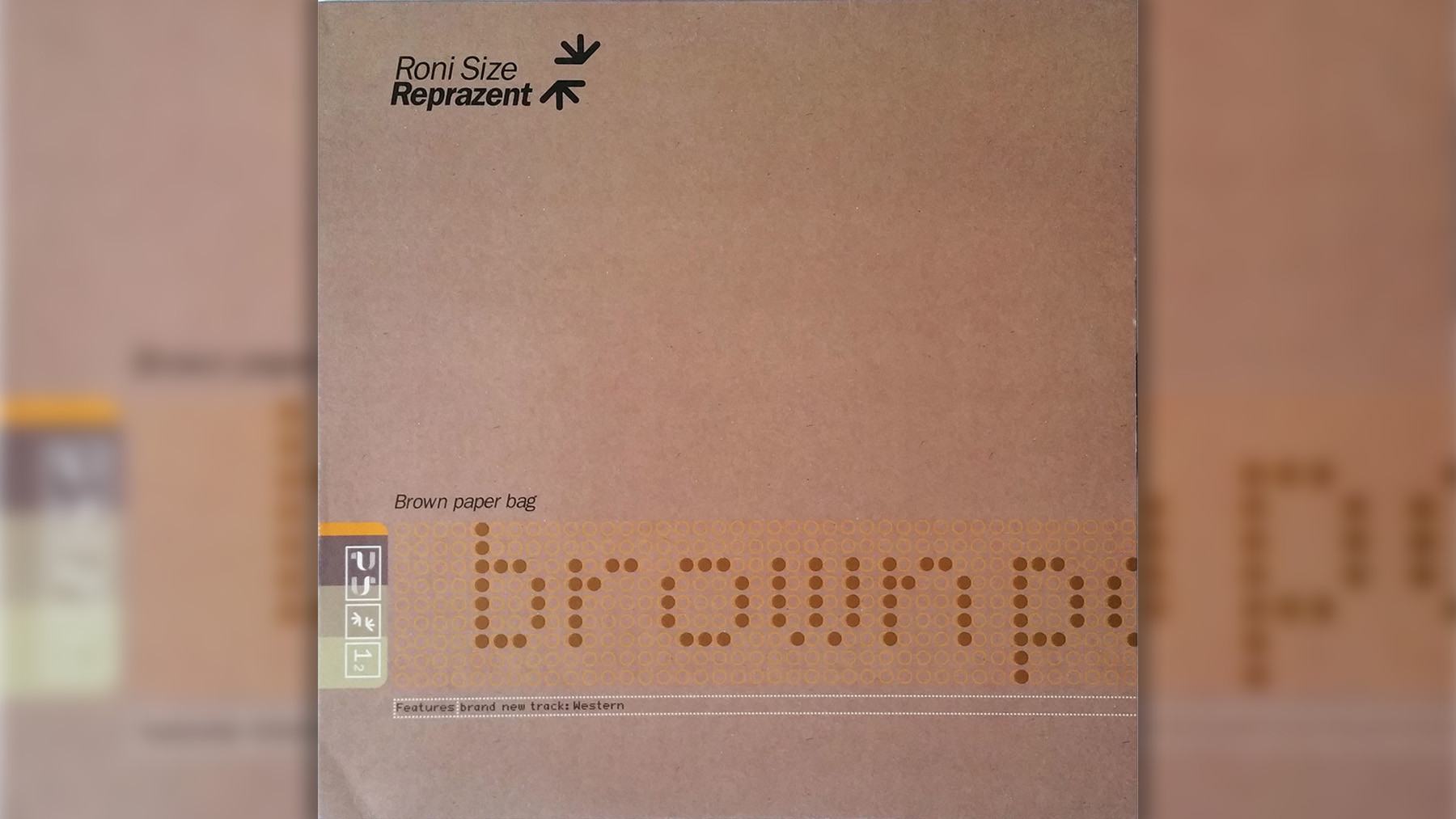 Roni Size Reprazent performing Brown Paper Bag, a jazz-infused drum and bass song
Roni Size Reprazent performing Brown Paper Bag, a jazz-infused drum and bass song
In the late 90s, drum and bass was fragmenting and distancing itself from its dancehall and hip-hop roots. Bristol’s Roni Size and Reprazent maintained the genre’s Black roots by fusing fast beats with jazz-funk. “It’s funny how ‘Brown Paper Bag’ split people,” Size said in 2018. The track, from their album New Forms, featured a prominent double bass, setting it apart. Its jazz elements attracted a different audience, demonstrating drum and bass’s versatility and solidifying “Brown Paper Bag” as a unique and important track among top dance songs.
Soul II Soul, ‘Back to Life (However Do You Want Me)’ (1989)
Led by Jazzie B and Nellee Hooper, Soul II Soul evolved from a London sound system specializing in reggae and soul. Their early records blended these genres with effortless grace. Initially intended for their parties, tracks like “Back to Life” unexpectedly gained wider appeal. “It was literally for our sound [system] at the beginning,” Jazzie B explained. “We weren’t really interested in what anybody else was doing.” “Back to Life” became a Number One R&B hit and Top Five on the Hot 100, showcasing Soul II Soul’s smooth fusion of genres and marking it as a crossover success among top dance songs of the late 80s.
Felix da Housecat, ‘Silver Screen Shower Scene’ (2001)
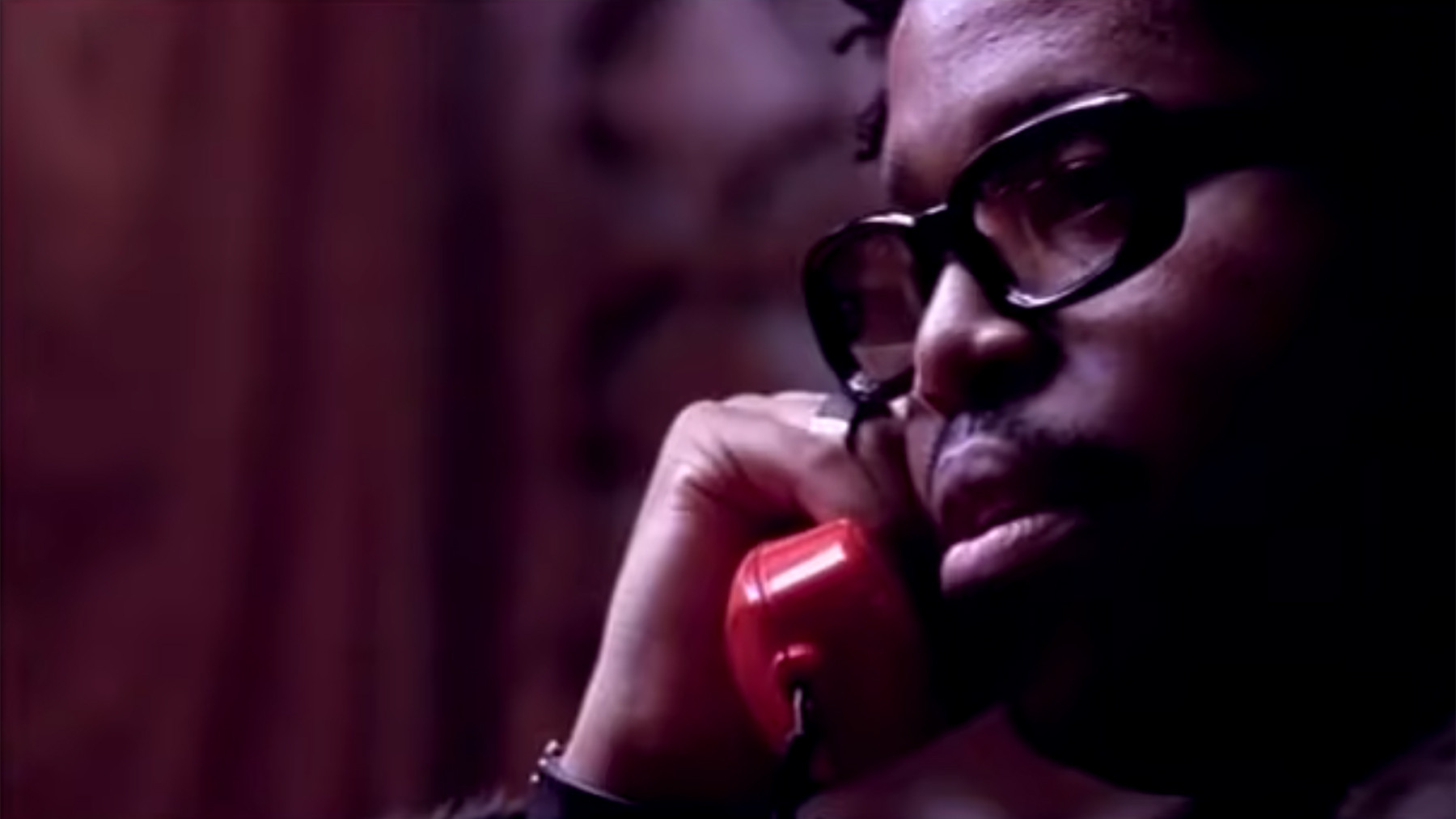 Felix da Housecat performing Silver Screen Shower Scene, an electroclash anthem
Felix da Housecat performing Silver Screen Shower Scene, an electroclash anthem
Felix Stallings Jr., aka Felix da Housecat, is a Chicago house veteran. He co-created the acid house classic “Fantasy Girl” as Pierre’s Pfantasy Club in 1987. His career went global with Kittenz and Thee Glitz (2000), a concept album about celebrity and artifice featuring collaborations with Junior Sanchez, Tommie Sunshine, Miss Kittin, and Melistar. “Silver Screen Shower Scene” became an instant anthem with its celebrity-mocking lyrics and sound, seemingly defining the electroclash era. Jacques Lu Cont’s “Thin White Duke Remix” further amplified its popularity among DJs. “Silver Screen Shower Scene” is a defining track of the electroclash movement and a standout among top dance songs of the early 2000s.
Dntel feat. Ben Gibbard, “(This Is) The Dream of Evan and Chan (Superpitcher Kompakt Remix)” (2001)
In 2000, Death Cab for Cutie’s Ben Gibbard had a “weird dream” involving Evan Dando and Chan Marshall (Cat Power). “It was completely G-rated…but it was bizarre.” He turned it into a song, collaborating with Dntel (Jimmy Tamborello) before their Postal Service project. Dntel set Gibbard’s vocals to upbeat rhythms and synths, but Superpitcher’s remix (Kompakt label) transformed it. With hazy synths and echoing bells, Superpitcher’s remix captured the dreamlike quality hinted at in the lyrics. “(This Is) The Dream of Evan and Chan (Superpitcher Kompakt Remix)” is a uniquely atmospheric and dreamy track that stands out within top dance songs for its introspective vibe.
Patrick Cowley feat. Sylvester, ‘Do Ya Wanna Funk?’ (1982)
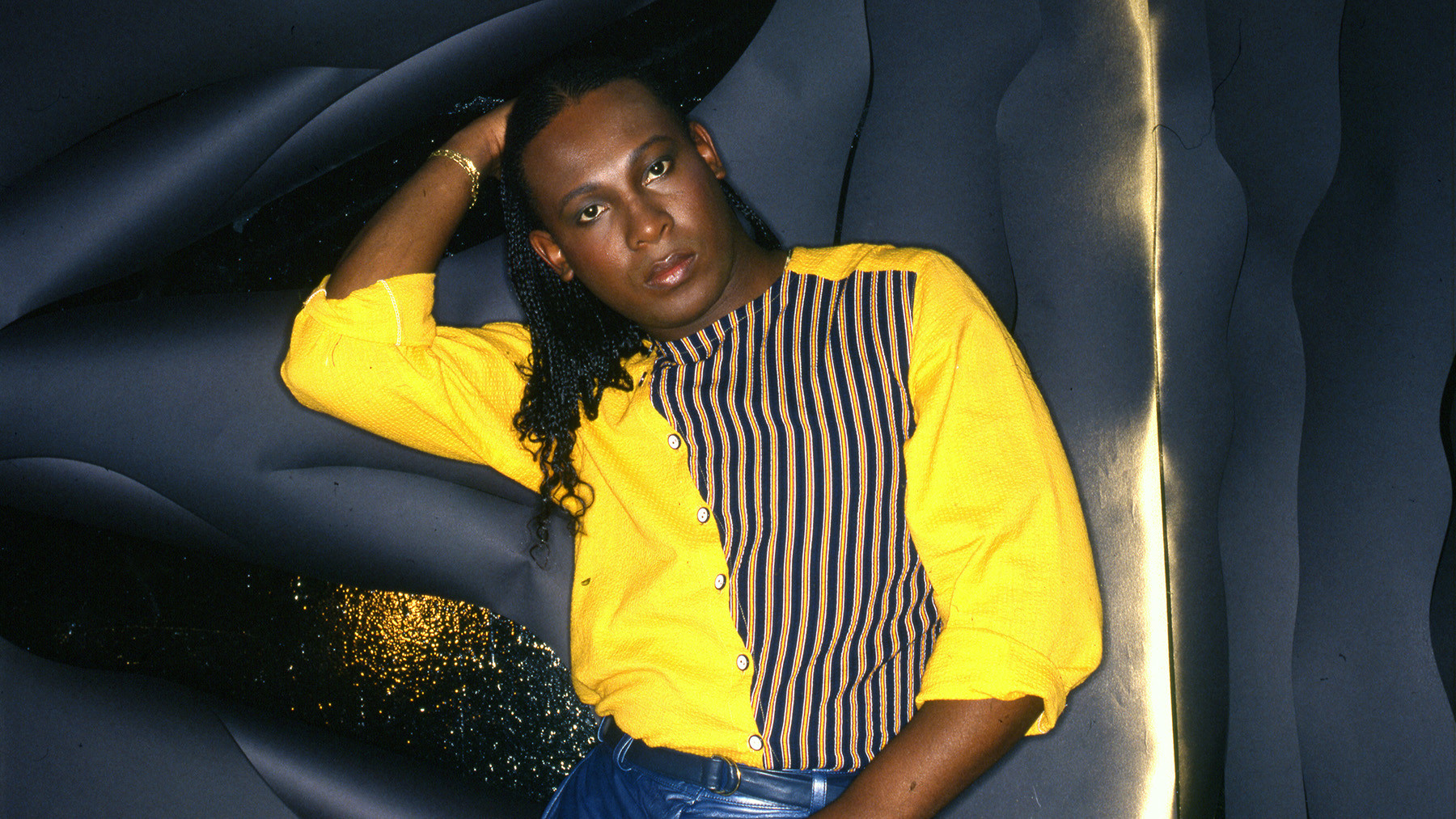 Sylvester performing Do Ya Wanna Funk, a Hi-NRG dance classic
Sylvester performing Do Ya Wanna Funk, a Hi-NRG dance classic
Image Credit: Getty Images
Patrick Cowley, a synth innovator, pioneered Hi-NRG in his solo work and collaborations with Sylvester, including a 16-minute extension of Donna Summer’s “I Feel Love.” Illness struck Cowley in November 1981; he died a year later at 32, shortly after AIDS was officially recognized. In his final months, he persevered to finish his energetic tracks. “Do Ya Wanna Funk” remains a landmark, with soaring synth riffs and Sylvester’s stratospheric falsetto. It gained further fame in the movie Trading Places. “Do Ya Wanna Funk?” is a defining track of the Hi-NRG genre and a poignant reminder of Cowley’s legacy within top dance songs.
Funkadelic, ‘One Nation Under a Groove’ (1978)
![]() Funkadelic performing One Nation Under a Groove, a funk dance anthem
Funkadelic performing One Nation Under a Groove, a funk dance anthem
Image Credit: Redferns
“One Nation Under a Groove,” led by a banjo, is arguably the greatest funk track ever. Its irresistible groove topped the R&B charts for six weeks in 1978. George Clinton assigned it to the guitar-heavy Funkadelic (not Parliament’s horns) for its impact. “Parliament is smashing,” he explained, “But Funkadelic is the movement.” “One Nation Under a Groove” is a quintessential funk anthem, showcasing Funkadelic’s unique sound and its power to unite on the dance floor, making it a definitive top dance song.
Evelyn Thomas, ‘High Energy’ (1984)
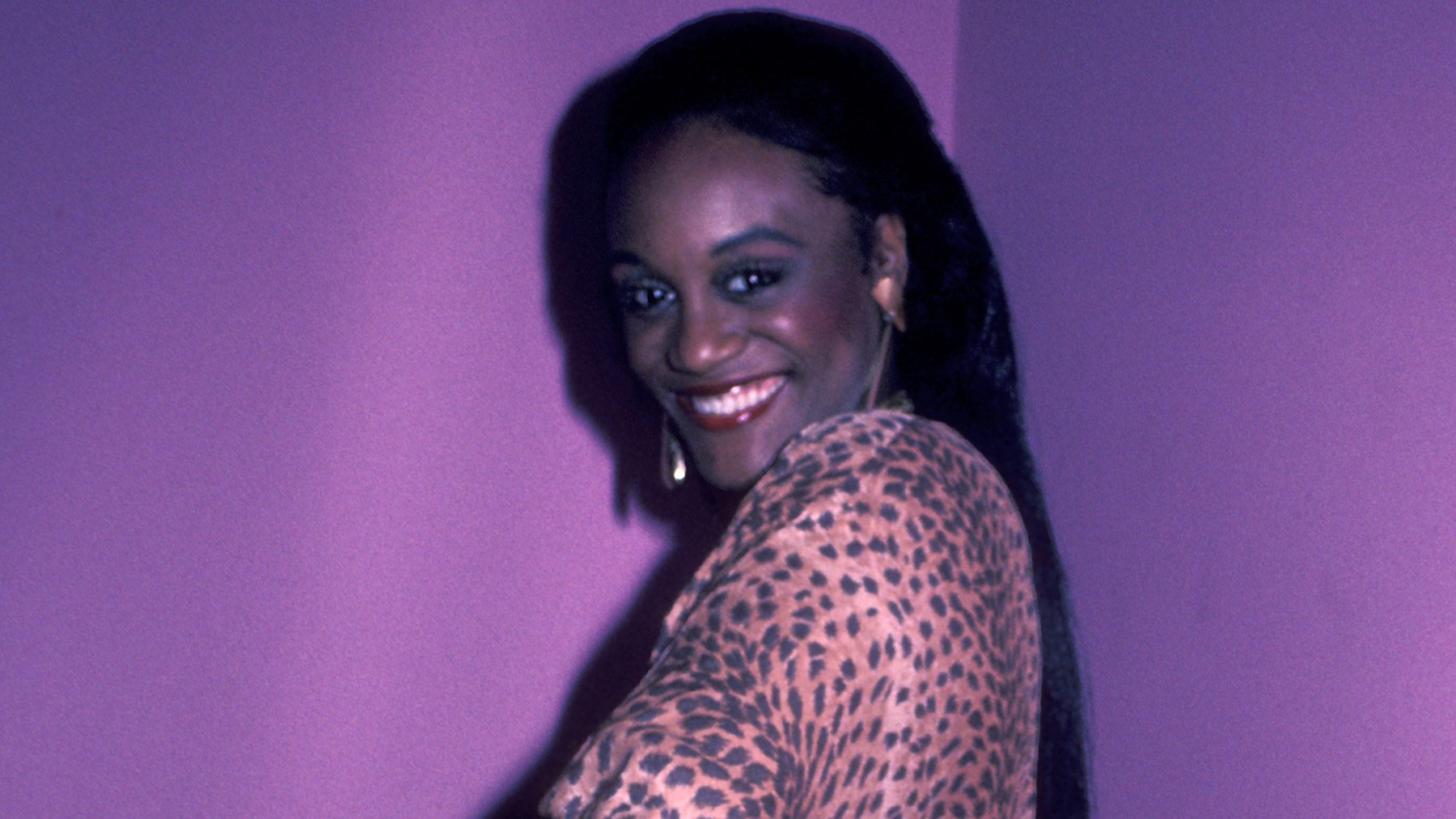 Evelyn Thomas performing High Energy, the defining Hi-NRG track
Evelyn Thomas performing High Energy, the defining Hi-NRG track
Image Credit: Ron Galella Collection via Getty
Released in 1984, “High Energy” gave Hi-NRG its name, though it wasn’t the first of its kind. Producer Ian Levine signed Chicago singer Evelyn Thomas to Pye Records in the 70s. Levine, a Northern Soul DJ, blended Sixties R&B with emerging disco synths. Smash Hits described Levine’s style as bridging “gay disco and old Motown — the two main Hi-NRG ingredients.” “High Energy,” brash, cheerful, and cheesy, reached the UK Top Five and remains a classic, as The Blessed Madonna demonstrated on her Bunker Podcast. “High Energy” is the quintessential Hi-NRG track and a vibrant addition to any list of top dance songs.
Daft Punk feat. Pharrell Williams and Nile Rodgers, ‘Get Lucky’ (2013)
When Pharrell Williams met Daft Punk at a Madonna party, he offered to collaborate, even just playing tambourine. In Paris, Williams wanted to channel Nile Rodgers. Daft Punk played him a track with Rodgers, and Williams recorded his smooth vocals. “You don’t need MDMA for this music, because it’s so incredibly vivid,” he enthused. “Get Lucky” is a modern disco masterpiece, blending Daft Punk’s electronic production with Pharrell’s vocals and Nile Rodgers’ iconic guitar, making it a global phenomenon and a definitive top dance song of the 2010s.
Mat Zo and Porter Robinson, ‘Easy’ (2013)
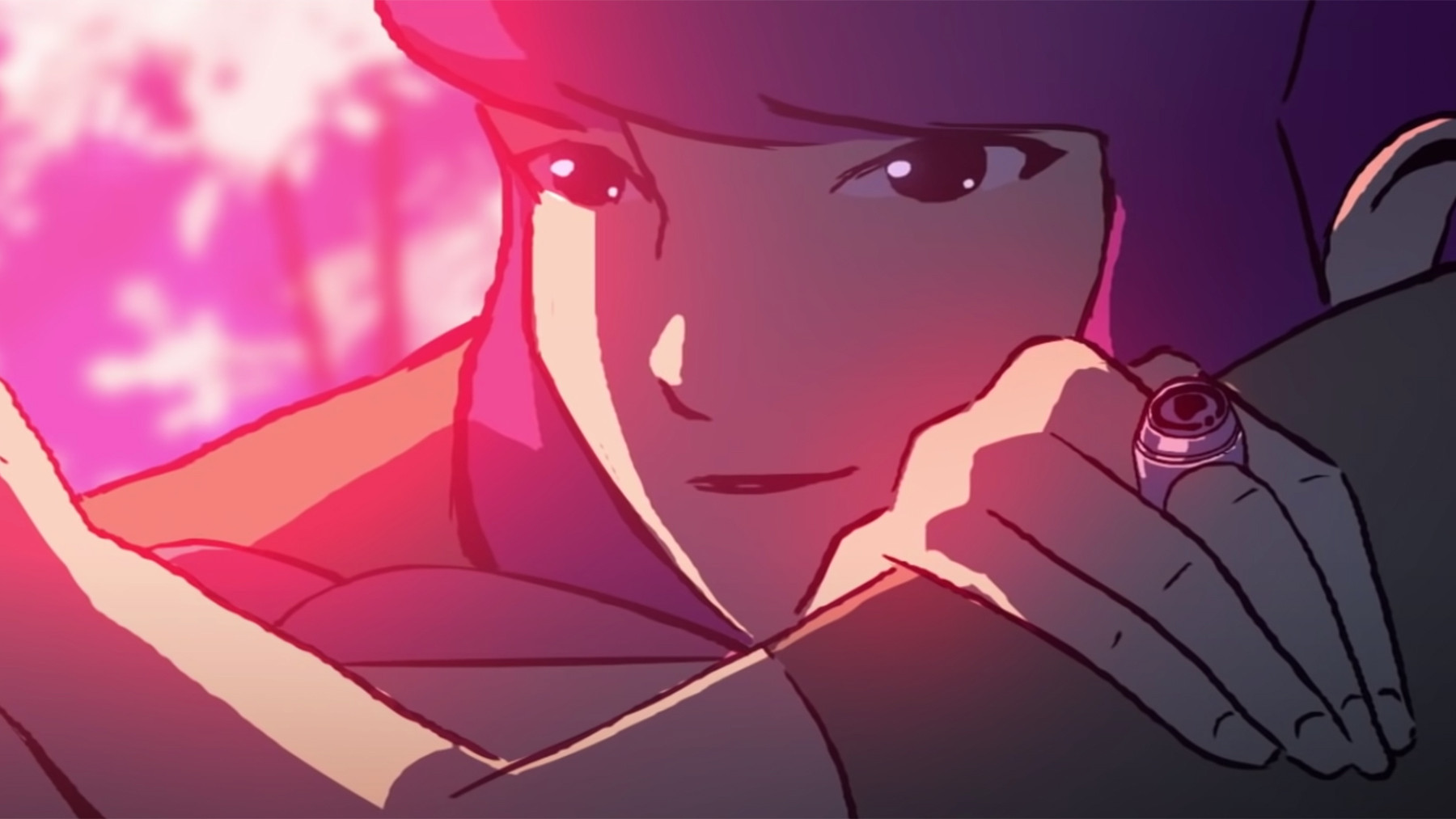 Porter Robinson and Mat Zo performing Easy, a trance-inspired dance track
Porter Robinson and Mat Zo performing Easy, a trance-inspired dance track
Porter Robinson described “Easy” with Mat Zo as “an homage to Daft Punk’s Discovery.” “It takes the disco chords of all of the early French stuff and gives it a louder, more trance-inspired feel.” It’s a modern update, both glittering and classic. The synth line evokes a theremin and a Moog, and the vocal sample (from Colourblind’s “Nothing Better”) adds emotional depth often missing in stadium EDM. “Easy” is a sophisticated and emotionally resonant track that bridges trance and French touch, securing its place among top dance songs of the EDM era.
Justice vs. Simian, “We Are Your Friends” (2006)
Image Credit: FilmMagic
In 2003, Parisians Gaspard Augé and Xavier de Rosnay (Justice) remixed Simian’s “Never Be Alone.” “We downloaded the separate tracks…but we were working without music software: just a sampler, a sequencer, and a synthesizer,” de Rosnay explained. Limited sampler space forced them to use only the chorus vocal. The result, “We Are Your Friends,” was a jarring yet perfect blend of electroclash and EDM. A hit in 2006, it launched Justice’s career and prompted Simian to reinvent themselves as Simian Mobile Disco. “We Are Your Friends” is a pivotal track that bridged electroclash and EDM, becoming a defining anthem and top dance song of the mid-2000s.
Martin Garrix, ‘Animals’ (2013)
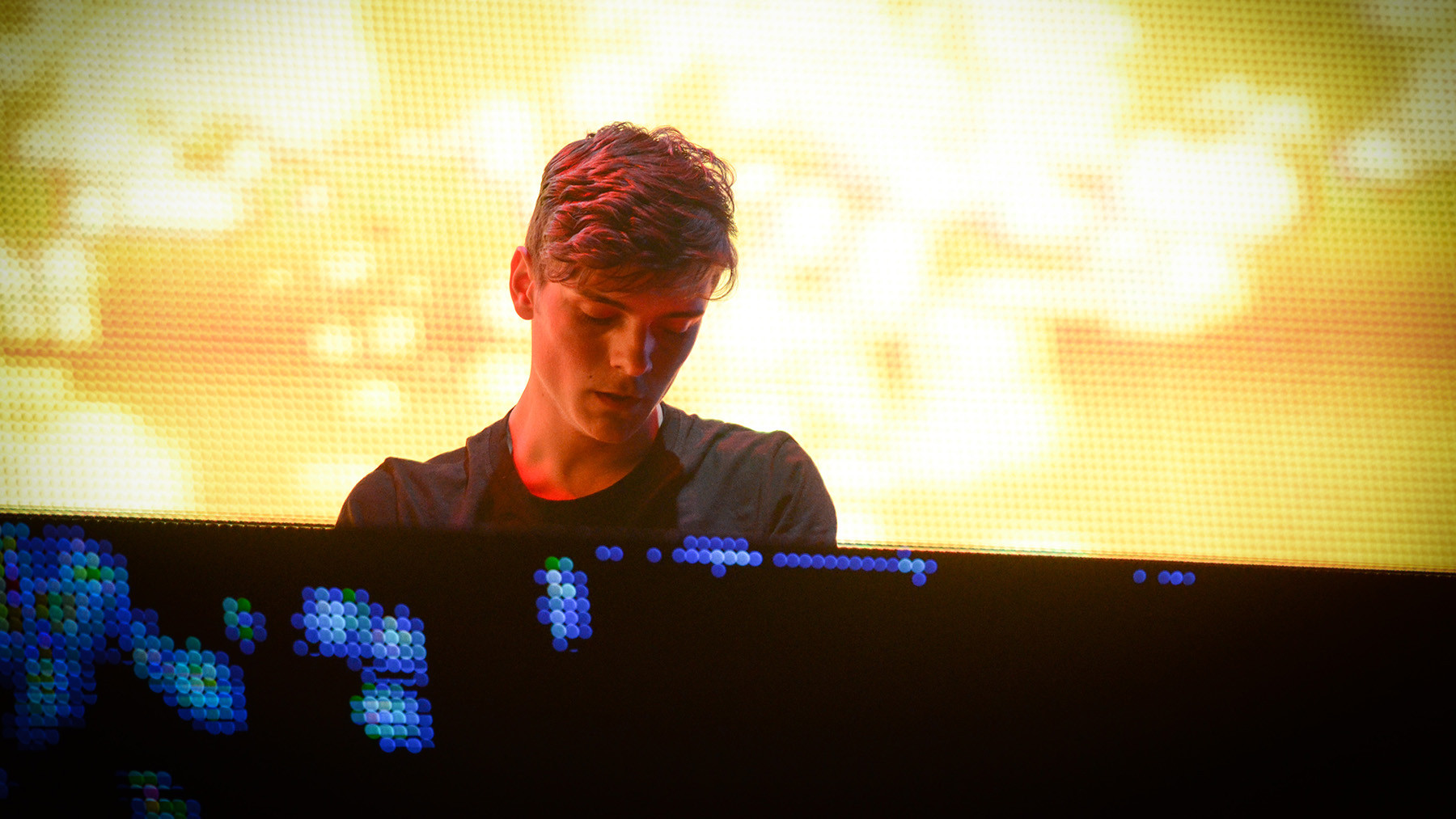 Martin Garrix performing Animals, a big-room EDM dance hit
Martin Garrix performing Animals, a big-room EDM dance hit
Image Credit: Scott Roth/Invision/AP
Dance music is often a young person’s domain, especially during the early 2010s EDM boom. Martin Garrix’s “Animals,” built around a catchy synth riff with no lyrics, became a global hit when the Dutchman was only 18. Its instant success led to skepticism. “At first, people in the industry assumed I didn’t make my own shit,” Garrix said. He then did livestreams and tutorials to prove his production skills. “Animals” is a defining track of the big-room EDM era, a massive global hit and a testament to Garrix’s early talent, cementing its status among top dance songs.
Debbie Deb, ‘Lookout Weekend’ (1984)
“As far as I know, I coined the phrase. I hadn’t heard anybody call it freestyle music prior to me coming up with the name of the group Freestyle,” Miami producer Pretty Tony stated in 2015. His airy tracks bridged KC and the Sunshine Band and 2 Live Crew. “Lookout Weekend,” his second single with Debbie Weshoff Lopez (recruited from a record shop), was freestyle at its peak. Like “When I Hear Music,” “Weekend” went triple platinum. Tony’s response: “I bought me a Porsche. As a matter of fact, two Porsches.” “Lookout Weekend” is a quintessential freestyle track, capturing the genre’s energy and earning its place among top dance songs of the 80s Miami scene.
Tate Kobang, ‘Bank Rolls’ (2015)
 Tate Kobang performing Bank Rolls, a Baltimore club-inspired dance track
Tate Kobang performing Bank Rolls, a Baltimore club-inspired dance track
Image Credit: Redferns
Rapper Tate Kobang’s “Bank Rolls” remix, built on Tim Trees’ Baltimore club sample “Bank Roll,” is a tribute to Baltimore, its people, and its energy. He shouts out K-Swift, the DJ who popularized Baltimore club before her death in 2008. “She was just one of those bodies in our culture that was like, ‘She ain’t never going anywhere,’” Kobang said. Like K-Swift’s work, “Bank Rolls (Remix)” introduced Baltimore club to a wider audience. “Bank Rolls” is a modern homage to Baltimore club music, showcasing its enduring energy and Kobang’s talent, making it a significant contemporary top dance song.
Soft Cell, ‘Tainted Love/Where Did Our Love Go?’ (1981)
 Soft Cell performing Tainted Love, a synth-pop dance classic
Soft Cell performing Tainted Love, a synth-pop dance classic
Image Credit: Redferns
“We both like Northern soul, Sixties music, and the 12-inch record,” Marc Almond of Soft Cell explained in 1981. They combined these influences into “Tainted Love/Where Did Our Love Go?”. Their synth-pop version of Gloria Jones’ “Tainted Love” was a hit, but the extended version merged it with The Supremes’ classic. “It was originally just going to include a few bars of ‘Where Did Our Love Go?’ but we like the way it turned out and included the whole song,” Almond said. This nine-minute medley became a New Wave disco anthem, captivating dance floors ever since and establishing itself as a top dance song of the 80s synth-pop era.
The Orb, ‘Little Fluffy Clouds’ (1990)
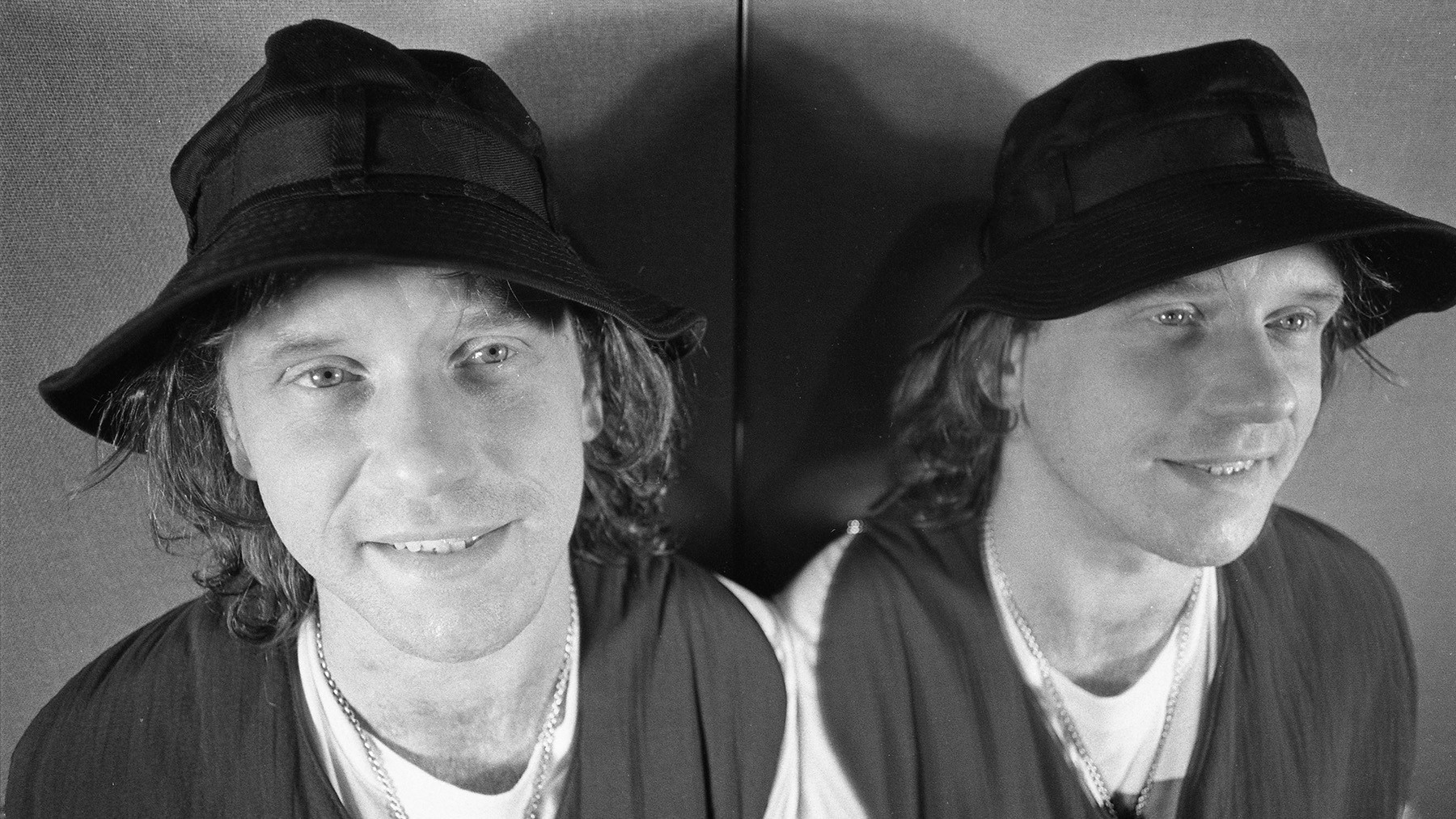 The Orb performing Little Fluffy Clouds, an ambient house dance track
The Orb performing Little Fluffy Clouds, an ambient house dance track
Image Credit: Getty Images
The Orb’s Alex Paterson received a tape with a note: “This might be a good idea for a new Orb single.” Side A was Rickie Lee Jones describing Arizona skies: “The most beautiful skies…purple and yellow and red and on fire.” Side B was Steve Reich’s Electric Counterpoint. Combined, they became “Little Fluffy Clouds,” the cuddliest track of the acid-house era. Reich “was very happy when he heard it,” Paterson said. “Suddenly, it was being played to the masses, and they were loving it.” “Little Fluffy Clouds” is a groundbreaking ambient house track, blending spoken word and electronic music, and a unique entry among top dance songs.
Polygon Window, ‘Quoth’ (1993)
Richard D. James, aka Aphex Twin, is known for less danceable electronic music, but in the early 90s, he created rave tracks. “Quoth,” under the Polygon Window alias, is Exhibit A. A percussion-heavy track, it was particularly popular in the American Midwest rave scene. “Quoth” showcases Aphex Twin’s early rave sound, a high-energy track that contrasts with his later, more experimental work, and earns its place among top dance songs of the 90s rave era.
Skream, ‘Midnight Request Line’ (2005)
 Skream performing Midnight Request Line, a seminal dubstep track
Skream performing Midnight Request Line, a seminal dubstep track
Image Credit: Universal Images Group via Getty
Shortly after releasing “Midnight Request Line,” London dubstep producer Skream found it was Record of the Month in DJ Magazine. “I was like, ‘Shit, I need to get home,’” he recalled. The track, with its synth line, bass, and heavy beat, propelled Skream and dubstep into the spotlight. “Midnight Request Line” is a foundational dubstep track, characterized by its atmospheric sound and influential structure, making it a key track among top dance songs of the mid-2000s dubstep explosion.
Paul Johnson, ‘Feel My M.F. Bass’ (1994)
“Ghetto house” was house music’s equivalent to gangsta rap, a raw, sample-based style from 90s Chicago producers, notably on Dance Mania Records. Paul Johnson, wheelchair-bound, was a leading figure, known for his unique flair and DJ mixtapes with dreamy voice-overs. His pinnacle was “Feel My M.F. Bass,” a blunt, cavernous track where Johnson gleefully repeats, “Feel my motherfuckin’ bass in your face.” “Feel My M.F. Bass” is a raw and impactful ghetto house anthem, showcasing Paul Johnson’s unique style and its place within the harder edges of top dance songs.
Ten City, ‘That’s the Way Love Is’ (1989)
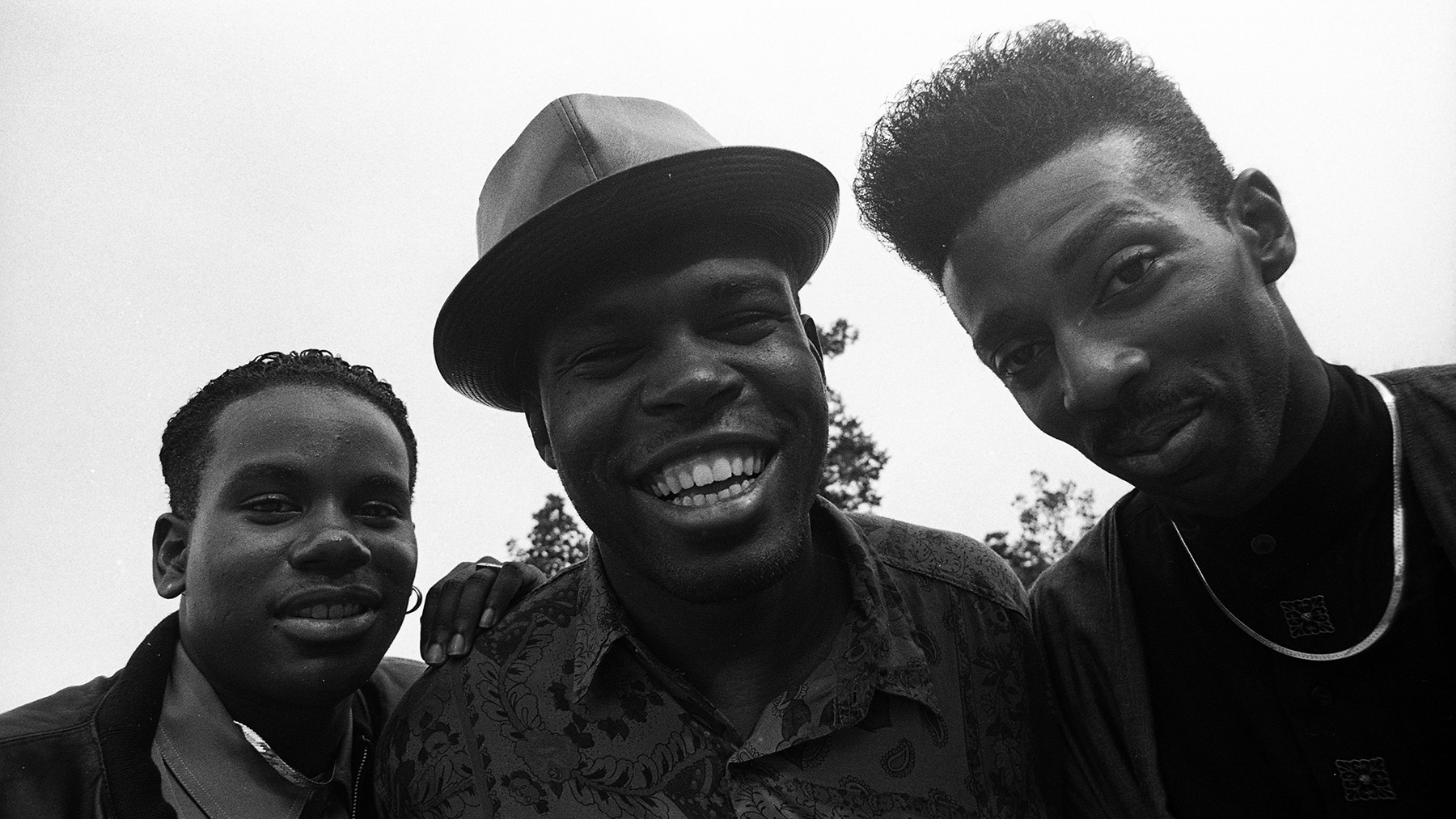 Ten City performing That's the Way Love Is, a soulful house classic
Ten City performing That's the Way Love Is, a soulful house classic
Image Credit: Getty Images
“When Ten City started, I think we were both at a point where we wanted to expand the genre by writing proper songs while at the same time doing more abstract things,” said Marshall Jefferson, producer of the Chicago house vocal trio. “That’s the Way Love Is,” their third single, defined their style: Philly soul strings over love songs, topped by Byron Stingily’s falsetto. It reached the UK Top 10 and Billboard dance chart Number One. Jefferson added, “people in South Africa have told us stories of how that song represents liberation for them.” “That’s the Way Love Is” is a soulful and uplifting house classic, showcasing Ten City’s vocal harmonies and its global impact, securing its place among top dance songs.
Nitzer Ebb, ‘Join in the Chant’ (1987)
Image Credit: Getty Images
Industrial groove unit Nitzer Ebb, from England’s Midlands, had genuine dance roots. “The clubs we knew were disco and funk,” frontman Douglas McCarthy told The Guardian. “It’s in the DNA of the area.” “Join in the Chant” became their anthem, a techno crossover hit, especially in Detroit where techno artists like Carl Craig and Jeff Mills appreciated industrial music. Richie Hawtin mixed it into his Decks, EFX & 909 mix, and Andrew Weatherall called listening to it “the closest I felt to God.” “Join in the Chant” is an industrial dance crossover classic, bridging genres and resonating across scenes, establishing itself as a powerful top dance song.
Bronski Beat, ‘Smalltown Boy’ (1984)
 Soft Cell performing Tainted Love, a synth-pop dance classic
Soft Cell performing Tainted Love, a synth-pop dance classic
Bronski Beat’s Jimi Somerville joked his vocal training was singing along to Donna Summer and Sylvester. “I wanted a lot more out of life than working in a paint factory and having to accept that being gay was a nighttime occupation only,” he said. He channeled this into “Smalltown Boy,” a poignant song of alienation and escape. Its vocal hook (“Run away, run away, run away”) and synth backdrop made it a gay club anthem, hitting Number One on the Billboard club chart and UK Top Three. “Smalltown Boy” is a synth-pop classic with emotional resonance, becoming an anthem for the LGBTQ+ community and a significant top dance song of the 80s.
LFO, ‘LFO (Leeds Warehouse Mix)’ (1990)
Image Credit: PYMCA/Universal Images Group/Getty Images
LFO were kings of Sheffield’s “bleep” scene, Warp Records’ early sound. Warp’s Steve Beckett said, “it had nothing to do with the bleeps…for them it was all about the bass.” Their self-titled track got them signed. Icy synths and bleeps set the stage for layers of bass – the bassline moves you, while the sub-bass shakes everything. “LFO” is a bleep techno landmark, defined by its innovative use of bass and minimalist sound, earning its place among top dance songs and influencing electronic music.
Drake, ‘Sticky’ (2022)
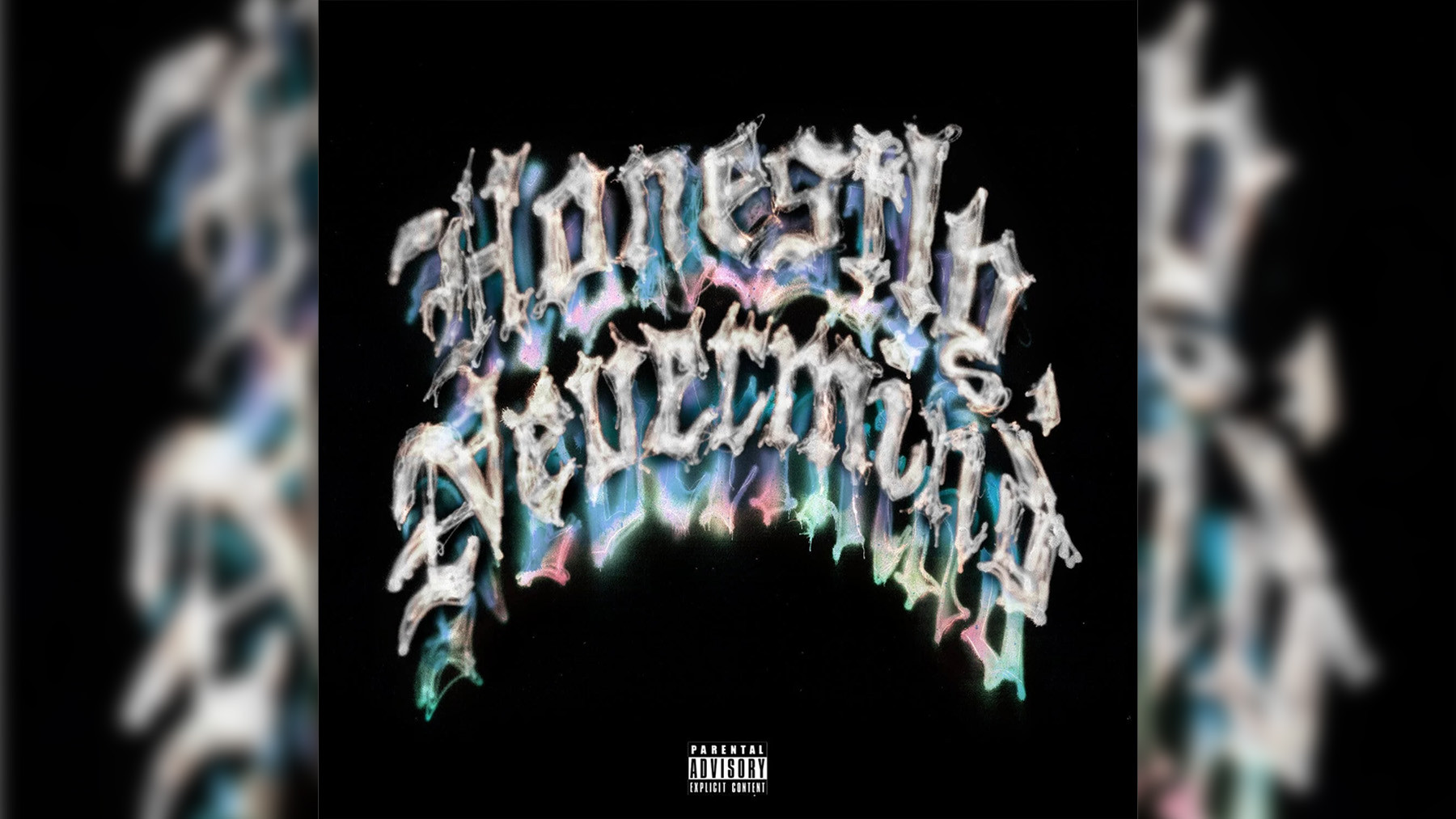 Drake performing Sticky, a house-infused contemporary dance track
Drake performing Sticky, a house-infused contemporary dance track
Drake’s dance music foray, Honestly, Nevermind, is intentionally low-key, drawing from Jersey and Baltimore club and deep house. “Sticky,” produced by Gordo and Ry X, is its peak. Drake raps about Young Thug’s release and Virgil Abloh’s passing, deviating from the album’s subdued vocals. It exemplifies a superstar embracing a subculture and evolving his sound. “Sticky” is a contemporary example of house music’s mainstream appeal, showcasing Drake’s adaptability and securing its spot within top dance songs of the modern era.
Roland Clark, ‘I Get Deep (Shelter Mix)’ (2000)
“The love of house music started when I went to Club Zanzibar in lieu of my prom,” Roland Clark said, referring to the Newark club where Tony Humphries DJed. “I Get Deep” expresses this love. Over lively beats and keyboards, Clark’s monologue captures a dance-floor epiphany: “All the sweat just goes down my face/And I pretend that there’s nobody there but me in this place.” The a cappella version was sampled by Fatboy Slim. “I Get Deep (Shelter Mix)” is a soulful and introspective house anthem, capturing the essence of dance floor immersion and solidifying its place among top dance songs.
Aly-Us, ‘Follow Me’ (1992)
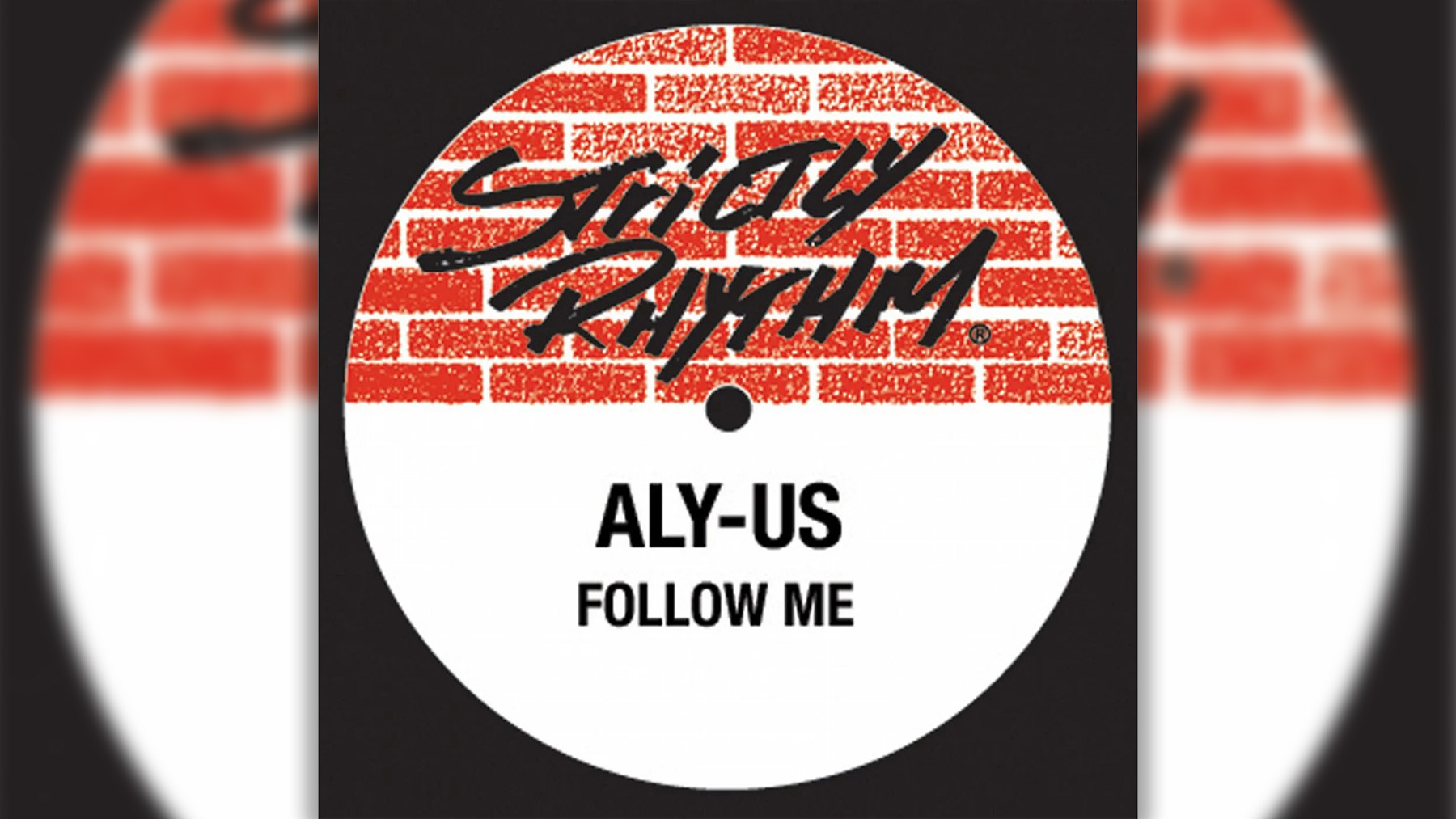 Aly-Us performing Follow Me, an uplifting house gospel track
Aly-Us performing Follow Me, an uplifting house gospel track
Early house music was often raw, part of its charm. Aly-Us’ “Follow Me” exemplifies this. A gospel-inspired anthem (“We must stop fighting/To achieve the peace”) from a New Jersey trio, recorded in a basement on a four-track. Its lo-fi quality and vocal imperfections enhance its urgency. “Follow Me” is an uplifting and raw house track with a gospel message, its imperfections adding to its charm and making it a unique entry among top dance songs.
George McCrae, ‘Rock Your Baby’ (1974)
Image Credit: Redferns
In summer 1974, two club-originating songs topped the Billboard Hot 100. One was “Rock the Boat,” the other was George McCrae’s “Rock Your Baby.” These were early disco hits. Keyboardist Henry Wayne Casey, drummer/bassist Richard Finch, and guitarist Jerome Smith created the track. McCrae, at TK Records, was added almost as an afterthought. “I think they gave me ‘Rock Your Baby’ to get me out of their hair,” he recalled. Casey, Finch, and Smith later formed KC and the Sunshine Band. “Rock Your Baby” is a crucial track in the disco evolution, a smooth and early example of the genre’s crossover appeal, making it a foundational top dance song.
El General, ‘Perezosa’ (1995)
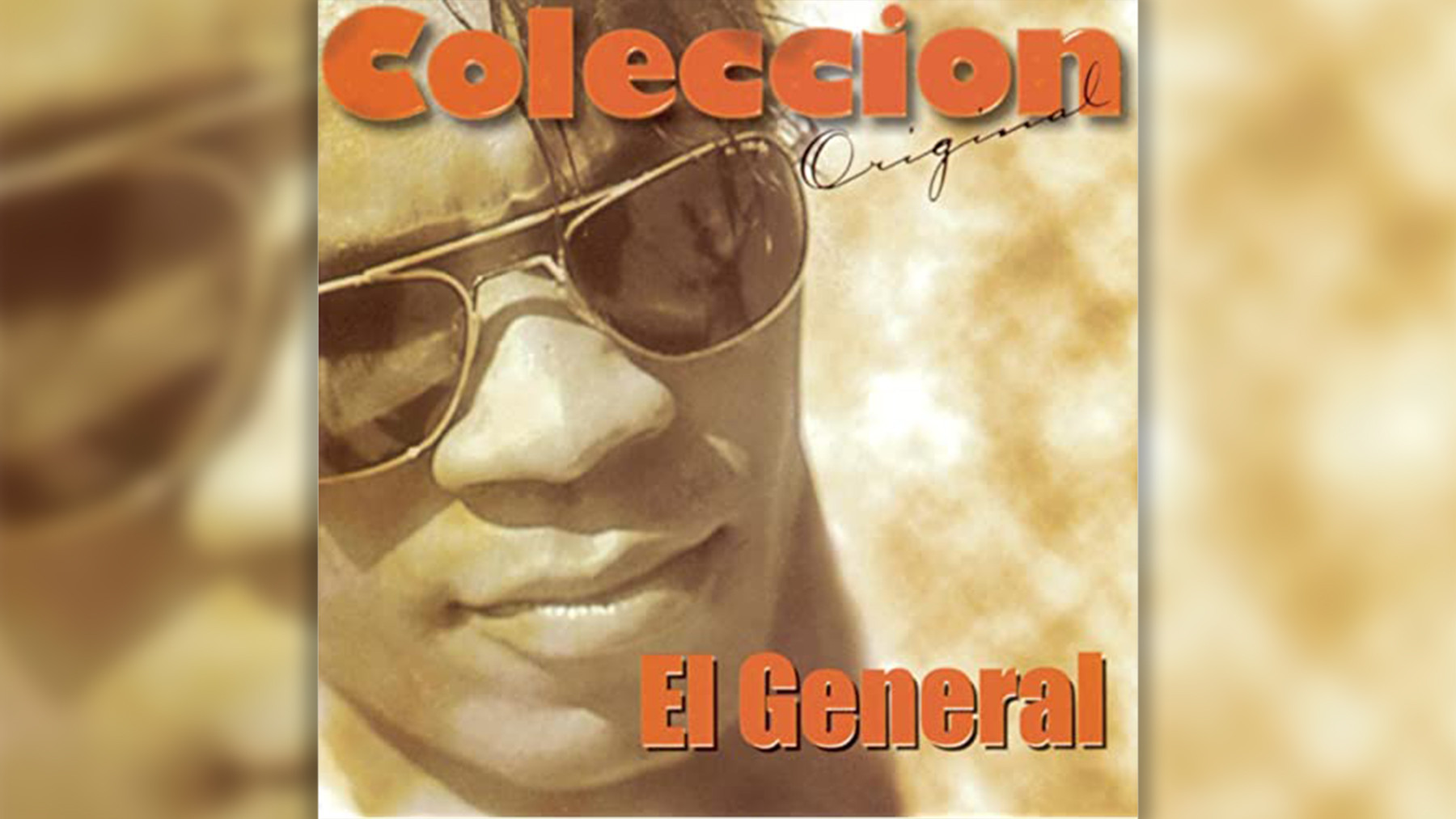 El General performing Perezosa, a reggaeton pioneer dance track
El General performing Perezosa, a reggaeton pioneer dance track
Panamanian pioneer El General established the reggaeton blueprint with international hits using reggae rhythms in the 80s and 90s. His experimental approach and broader influence on club music are often overlooked. “Perezosa,” from Club 555, showcases his range. A booming and empowering dance anthem, it featured high-voltage electronics capturing the energy of Latin American parties. “Perezosa” is a pioneering reggaeton track, highlighting El General’s experimental sound and its impact on Latin club music, earning its place among top dance songs.
Tom and Jerry, ‘Maximum Style’ (1994)
Image Credit: Naki/Redferns/Getty Images
4Hero (Marc Mac and Dego MacFarlane) are drum and bass stalwarts, innovating from early 90s hardcore to late 90s neo-fusion, sometimes as Tom and Jerry. This alias is known for “Maximum Style,” released as jungle’s UK popularity surged. The smooth track, with a guitar and cartoon effects, is playful yet seriously groovy. “Maximum Style” is a jungle gem, blending playfulness with serious groove, and a significant track within top dance songs of the jungle era.
LCD Soundsystem, ‘Losing My Edge’ (2002)
 LCD Soundsystem performing Losing My Edge, a dance-punk commentary
LCD Soundsystem performing Losing My Edge, a dance-punk commentary
Image Credit: Redferns
LCD Soundsystem’s debut single, “Losing My Edge,” is both a great groove and a stand-up comedy routine, igniting New York’s dance-punk scene. James Murphy plays an aging hipster watching his relevance fade, feeling obsolete to a new generation, despite his past cool. “Losing My Edge” is both funny and danceable, its FOMO theme universal. “Losing My Edge” is a witty and danceable track that captured the zeitgeist of the early 2000s dance-punk scene, making it a standout top dance song.
Shakira, ‘Ojos Asi (Thunder Mix)’ (1999)
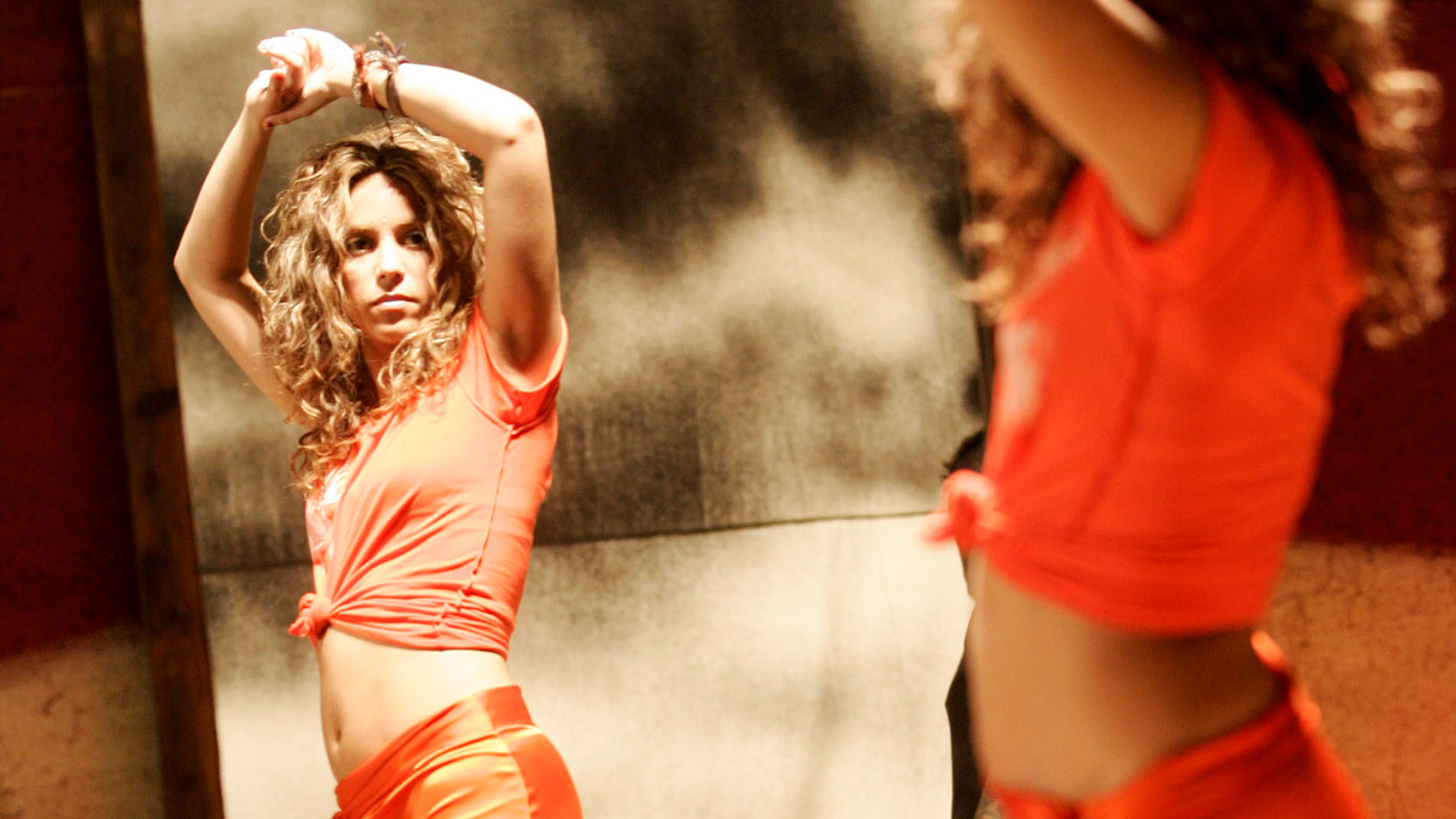 Shakira performing Ojos Asi, a Latin pop dance remix
Shakira performing Ojos Asi, a Latin pop dance remix
Image Credit: ASSOCIATED PRESS
Pablo Flores, a key figure in Latin pop, worked with Emilio Estefan and artists like Gloria Estefan and Ricky Martin. He and Javier Garza helped Shakira create “Ojos Asi,” honoring her Lebanese roots and foreshadowing global Latin music. His extended remix amplified these ideas, appealing to dance floors worldwide. “Ojos Asi (Thunder Mix)” is a groundbreaking Latin pop remix, showcasing Shakira’s global sound and Pablo Flores’ production skills, earning its place among top dance songs that transcend genres.
Squarepusher, ‘My Red Hot Car’ (2001)
 Squarepusher performing My Red Hot Car, an experimental drum and bass track
Squarepusher performing My Red Hot Car, an experimental drum and bass track
Image Credit: Redferns via Getty Images
As Squarepusher, Tom Jenkinson twisted drum and bass into complex, less danceable forms in the mid-90s. Feeling self-absorbed, he aimed for spontaneity. “My Red Hot Car” features cut-up vocals and glitchy production, alternating abstraction with groove, and Jenkinson’s playful bassline, appealing to adventurous DJs. “My Red Hot Car” is an experimental and intricate drum and bass track, showcasing Squarepusher’s unique style and its appeal to adventurous listeners within top dance songs.
Moloko, ‘Sing It Back (Boris Musical Mix)’ (1997)
Image Credit: Getty Images
Moloko’s “Sing It Back” (1998), with Róisín Murphy’s vocals, was initially downtempo and unsuccessful. Boris Dlugosch’s remix transformed it into a crisp house track, with a Chic-style rhythm guitar and playful bass. This remix reached the UK Top Five, launching Murphy’s successful solo career. “Sing It Back (Boris Musical Mix)” is a transformative remix, turning a downtempo track into a house hit and launching Róisín Murphy’s solo career, making it a significant top dance song.
The Human League, ‘Don’t You Want Me’ (1981)
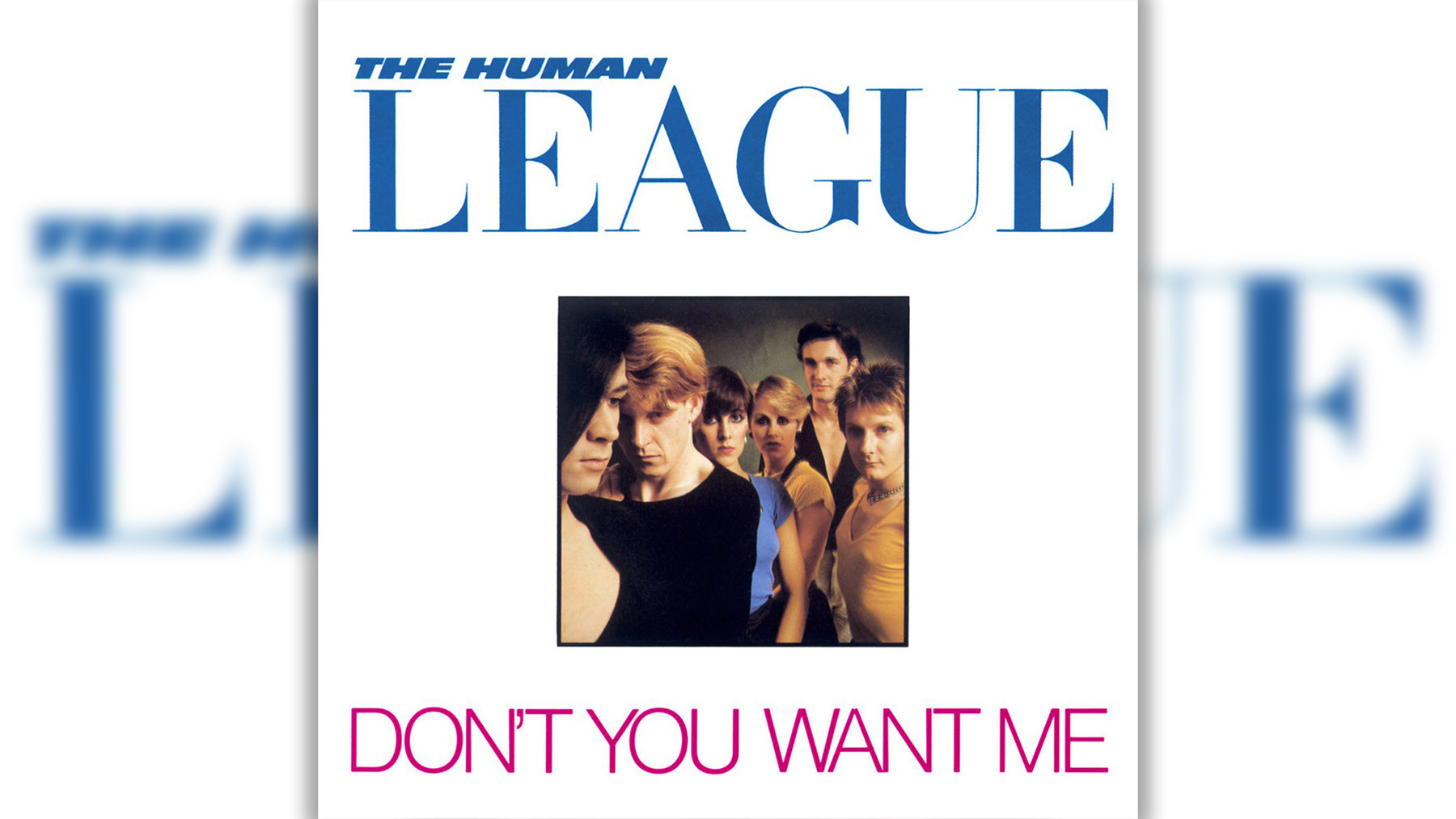 The Human League performing Don't You Want Me, a synth-pop chart-topper
The Human League performing Don't You Want Me, a synth-pop chart-topper
“Phil [Oakey] had this idea…a story in the song which is very much A Star Is Born [and] My Fair Lady — the impresario who takes an everyday person and transforms her into a superstar,” Human League’s Jo Callis said of “Don’t You Want Me.” Despite initial doubts, its structure and catchy riff were undeniably hooky. It became their first UK and US Number One and a Top Three Billboard Dance Club hit, merging UK synth-pop, club music, and mainstream pop. “Don’t You Want Me” is a synth-pop classic that bridged club and pop charts, a key moment in music history and a definitive top dance song of the 80s.
